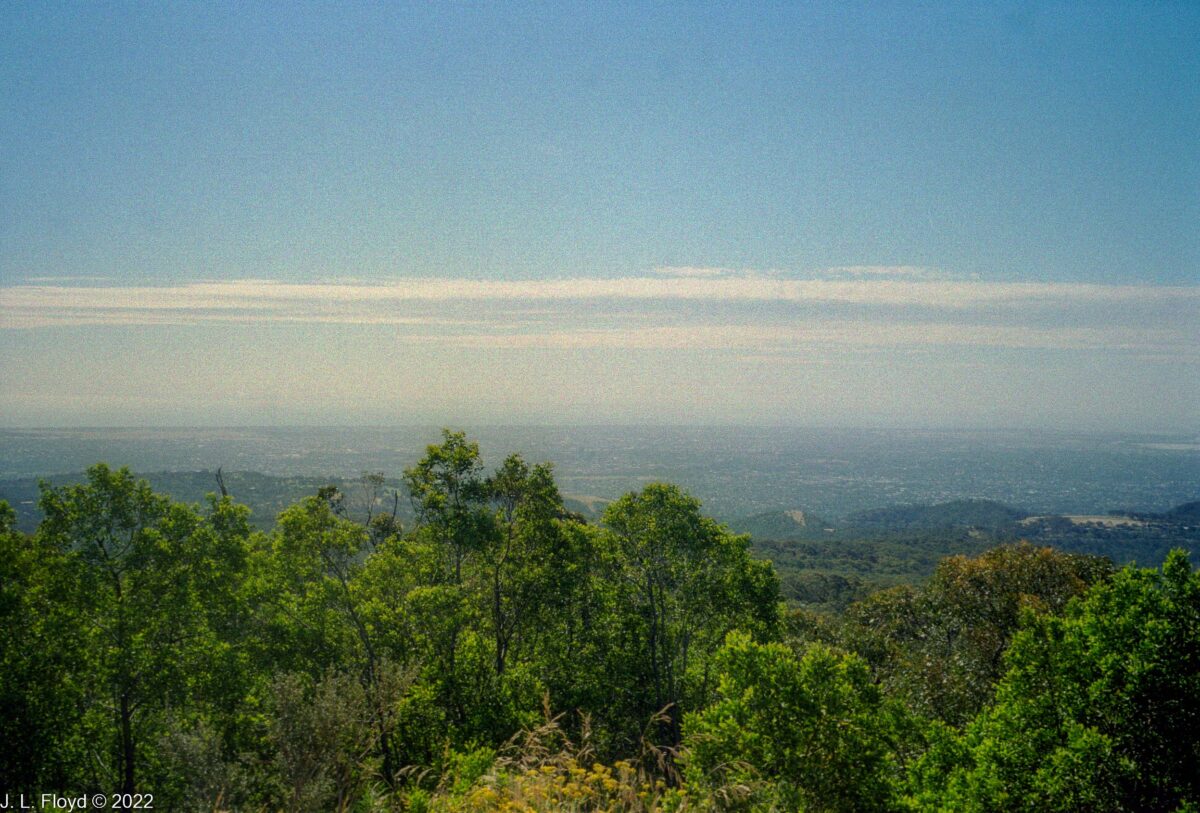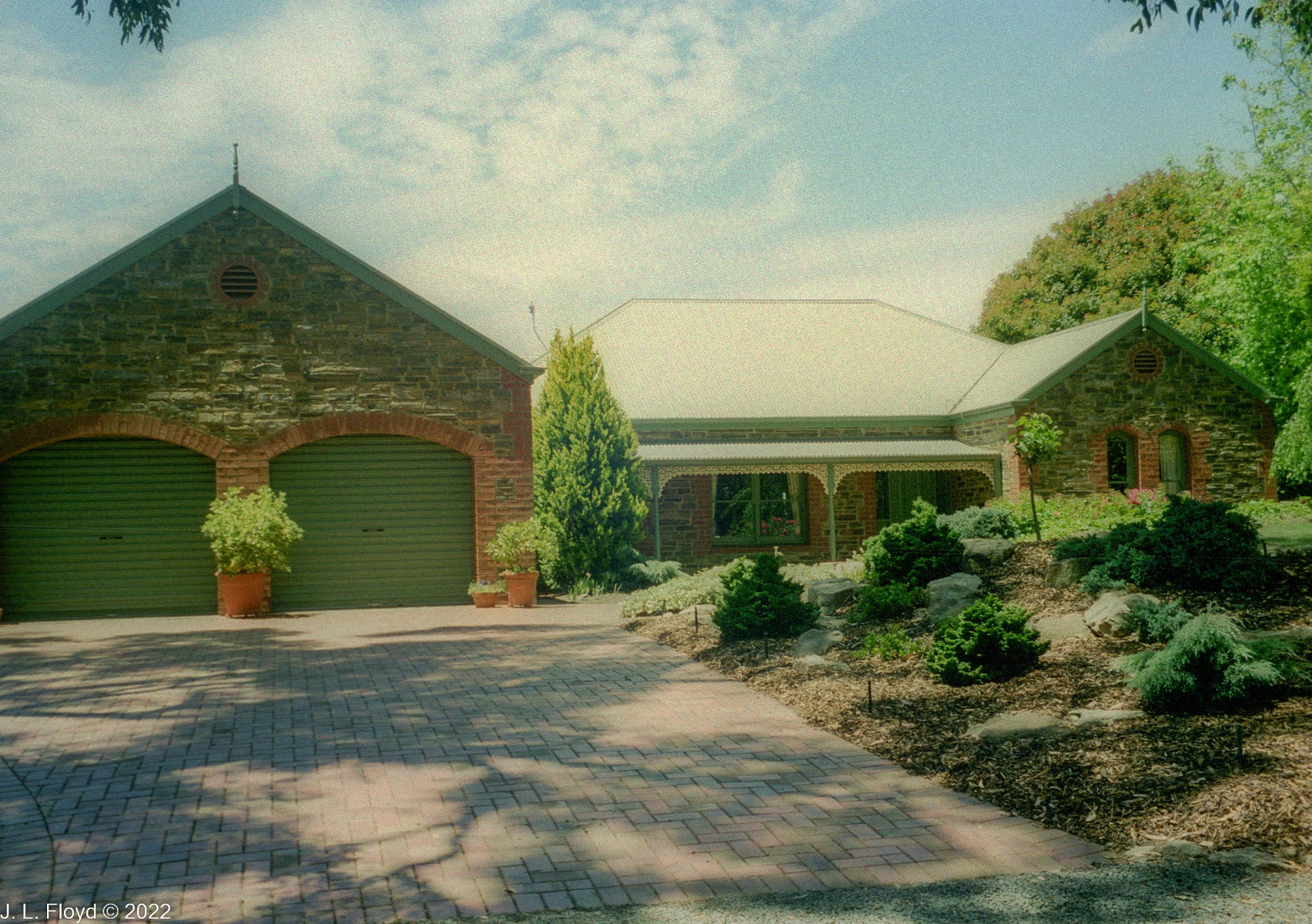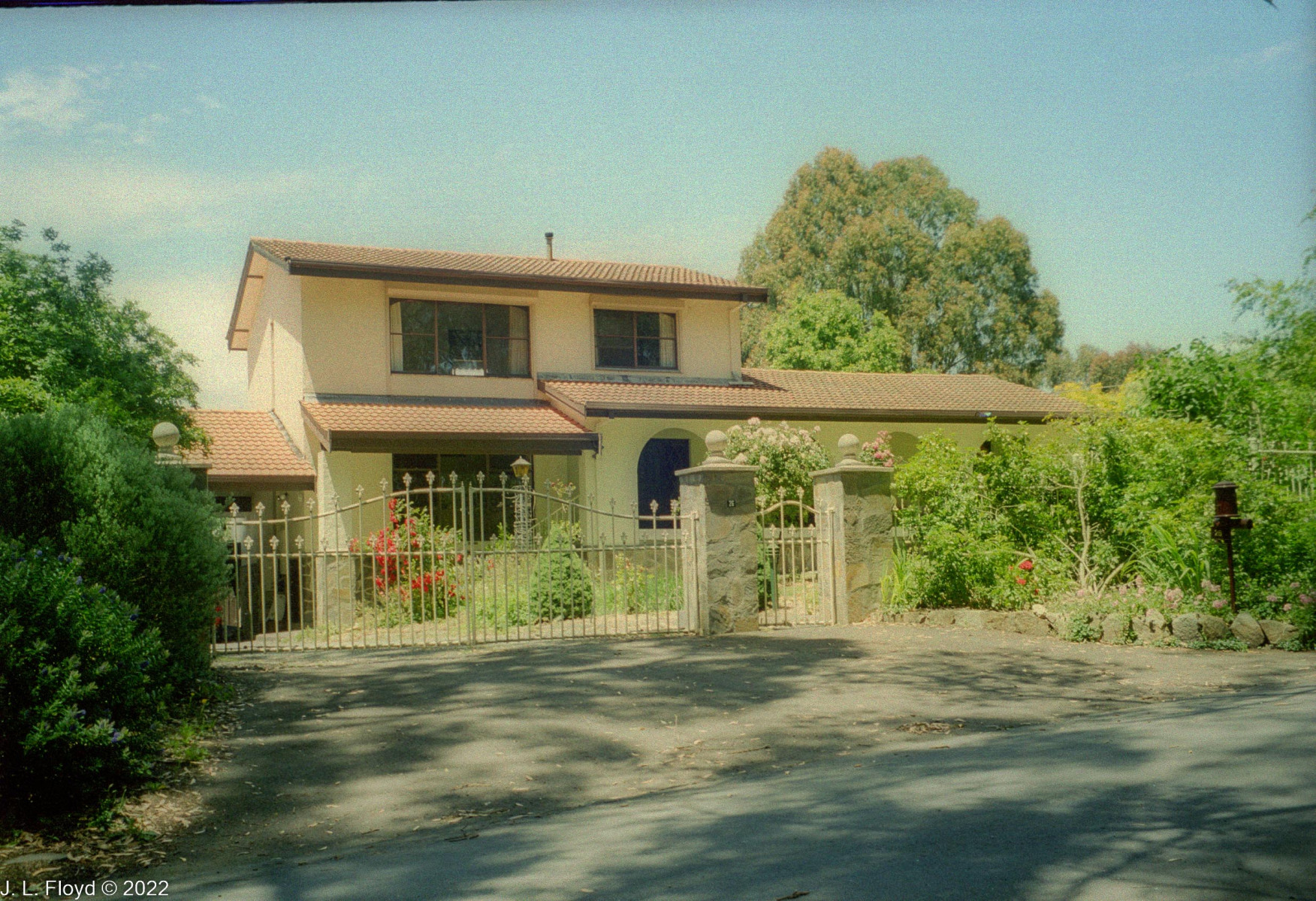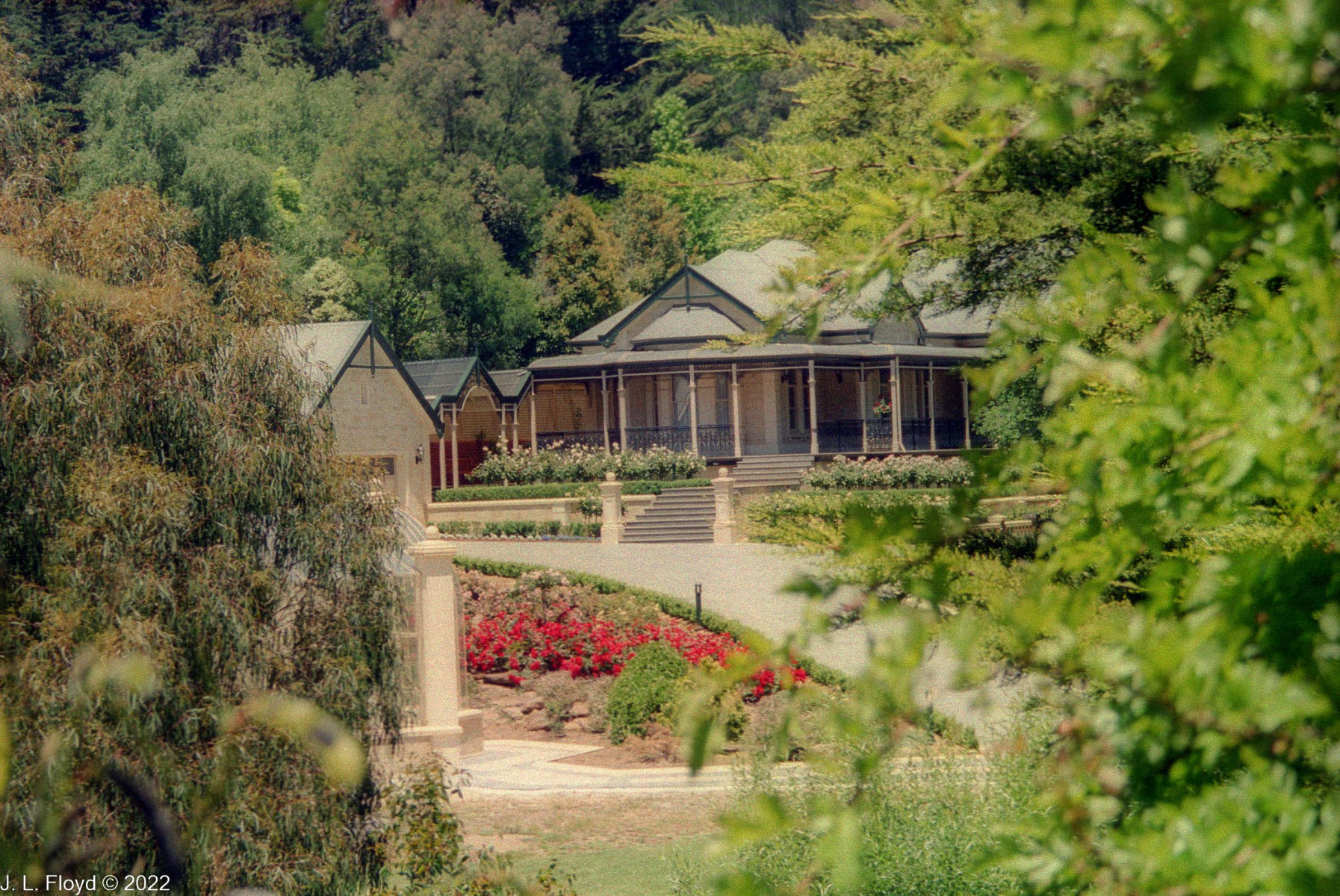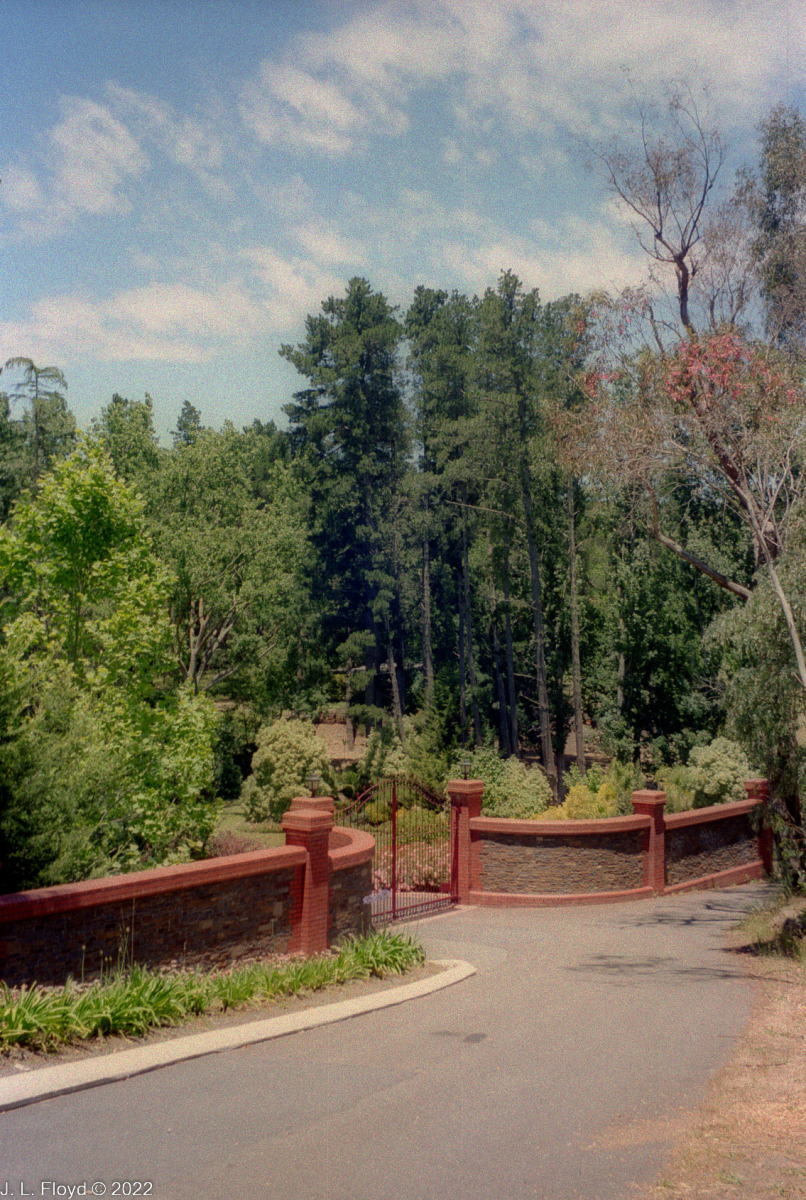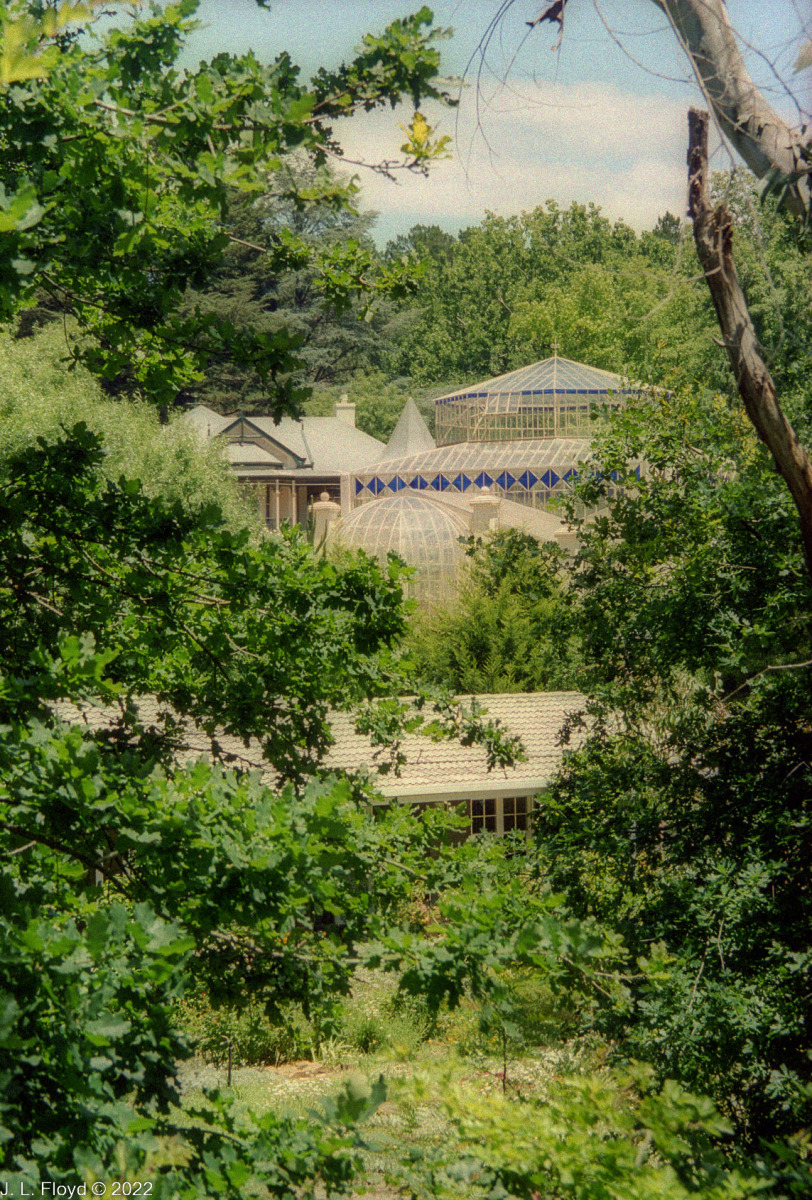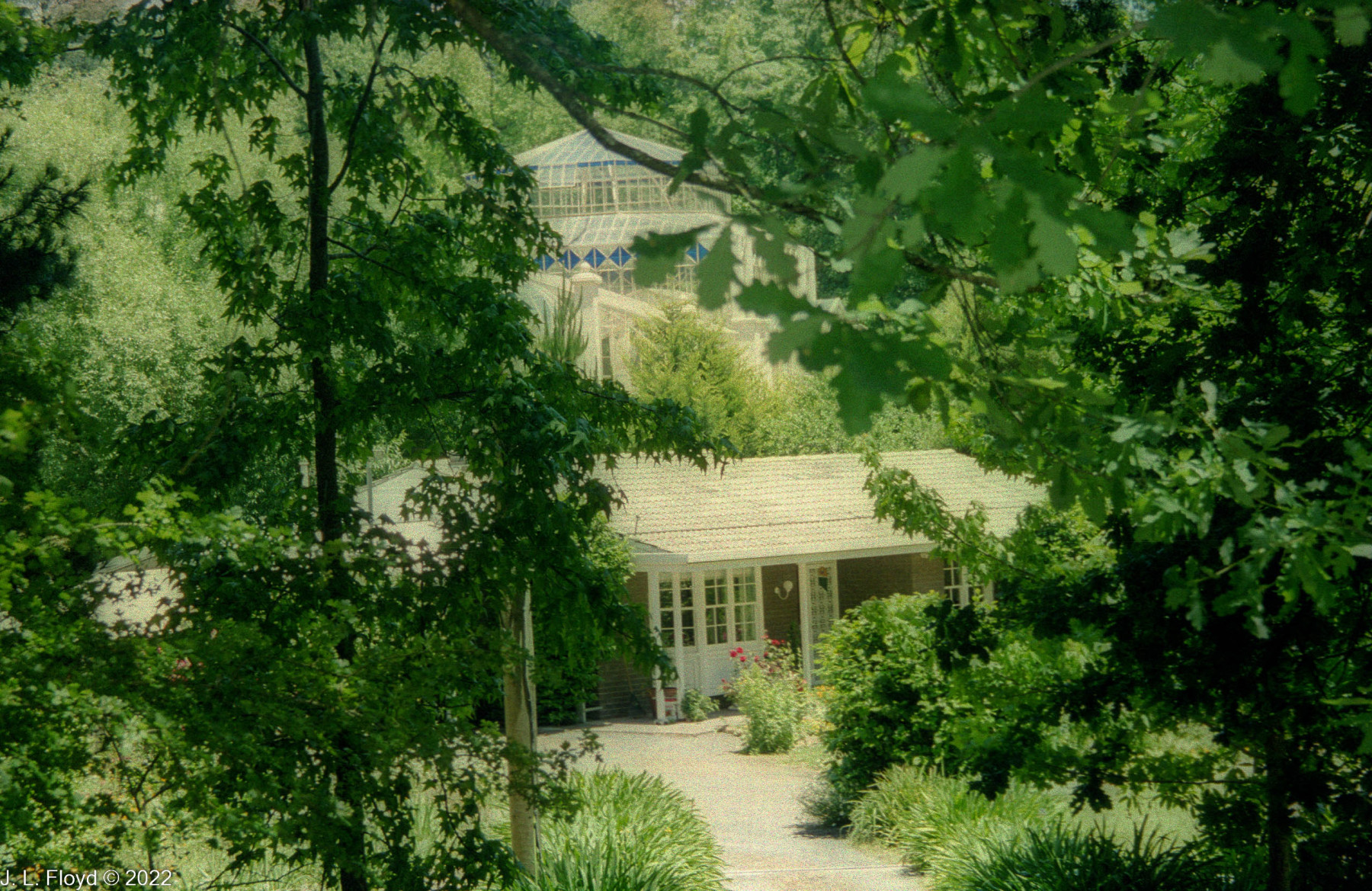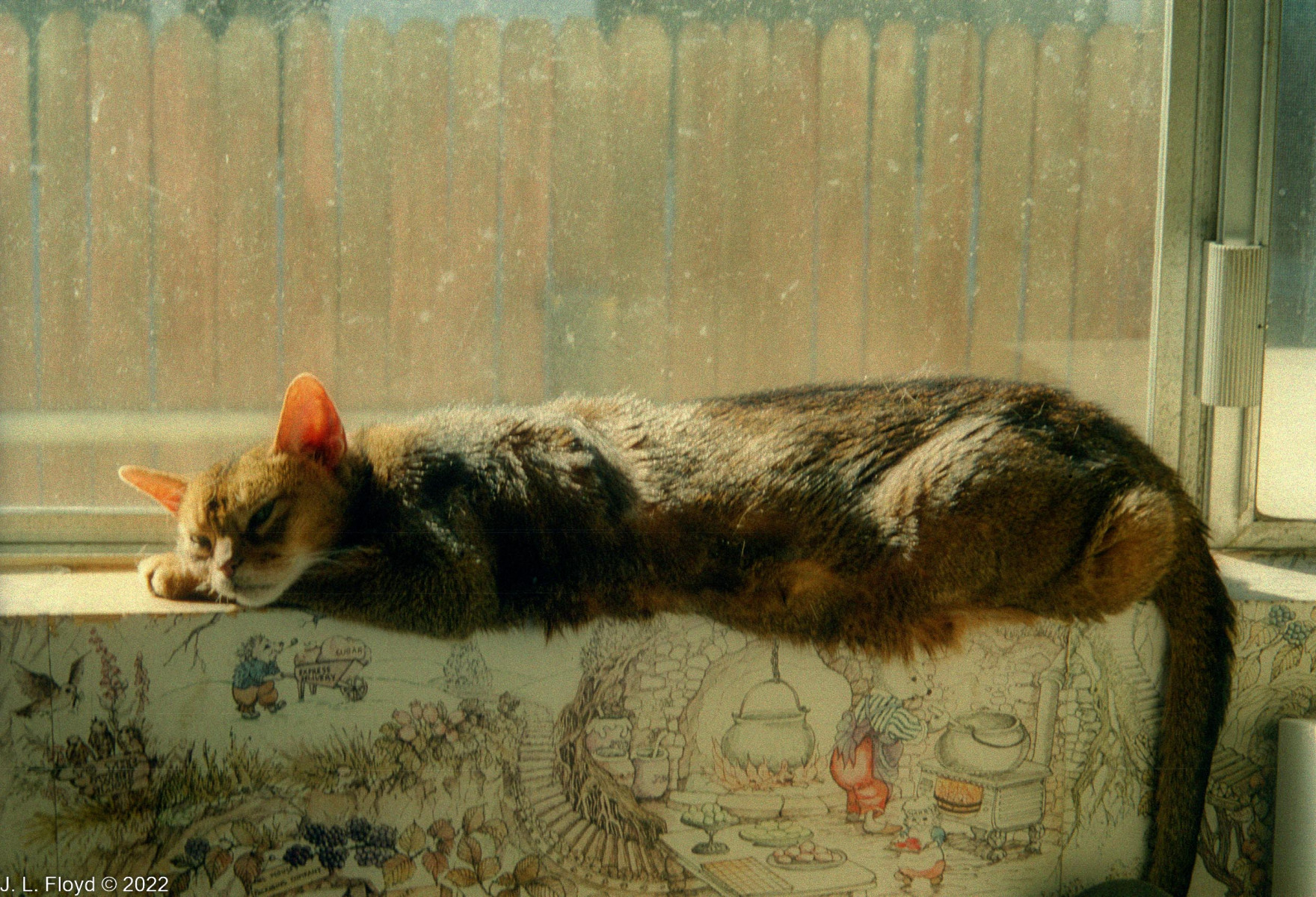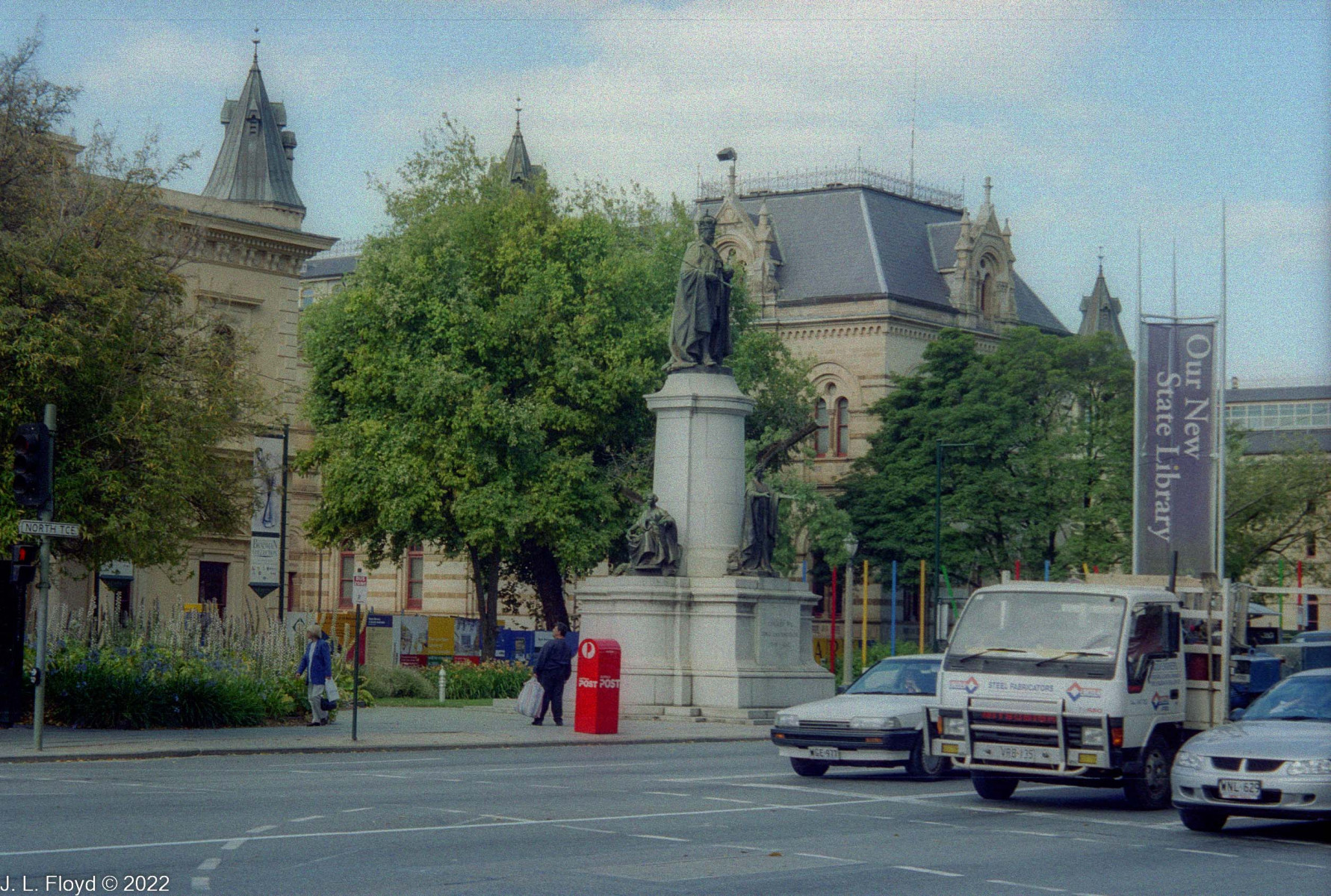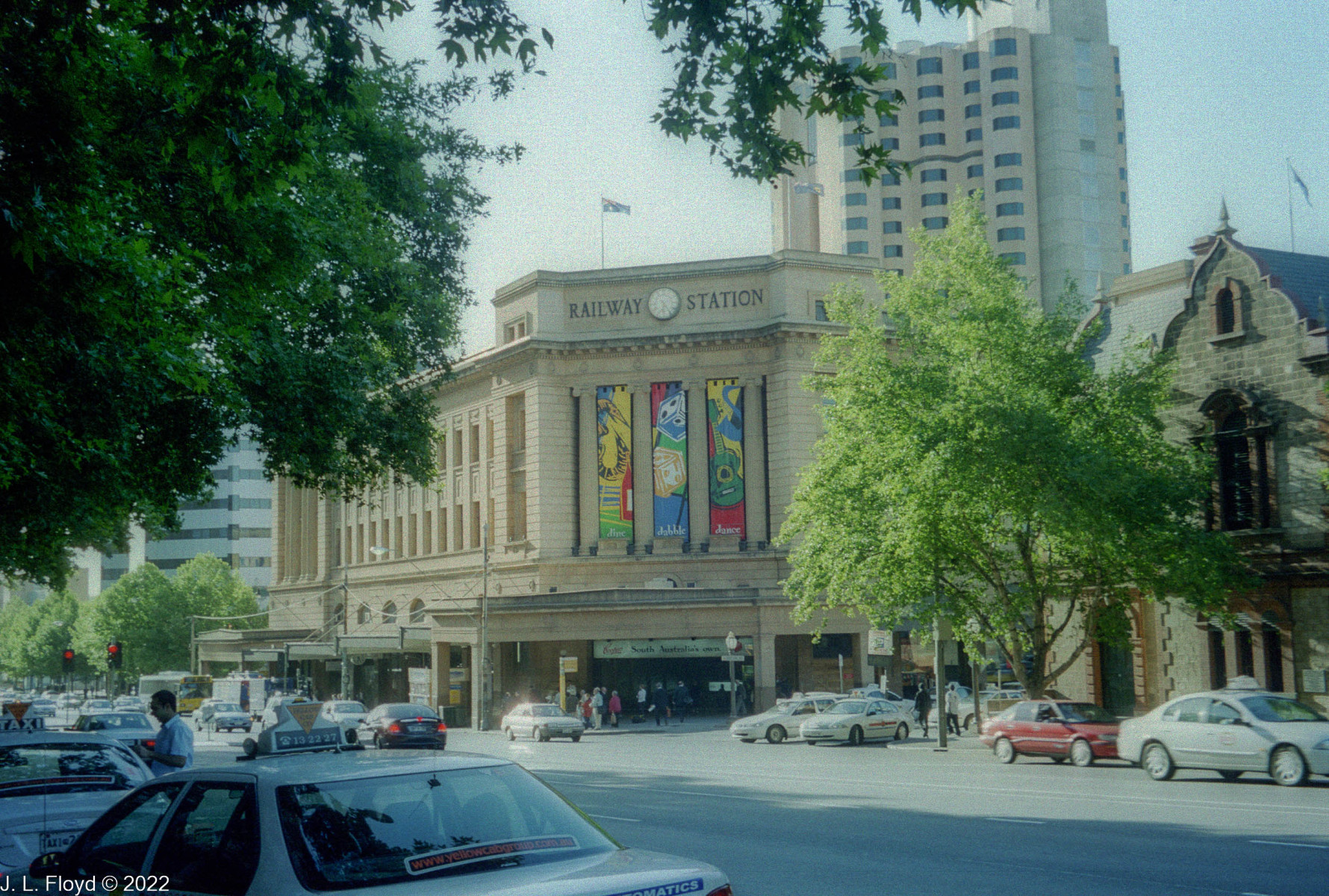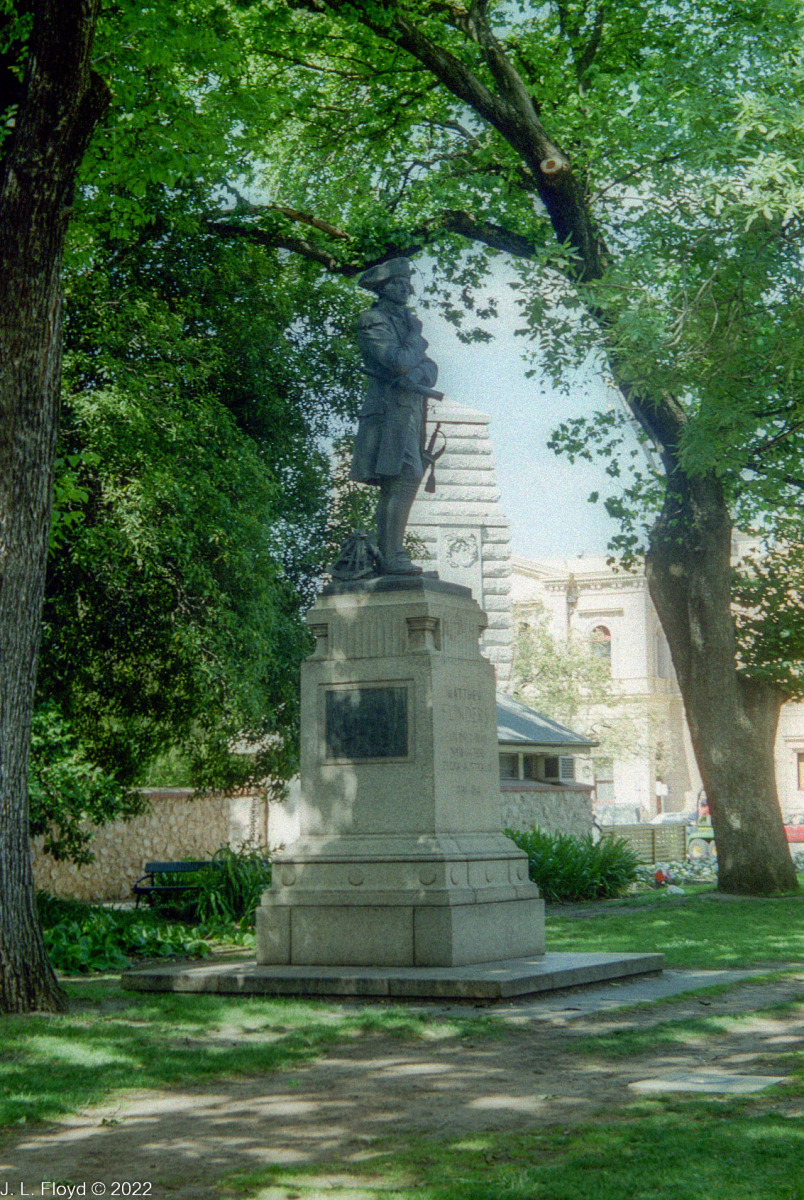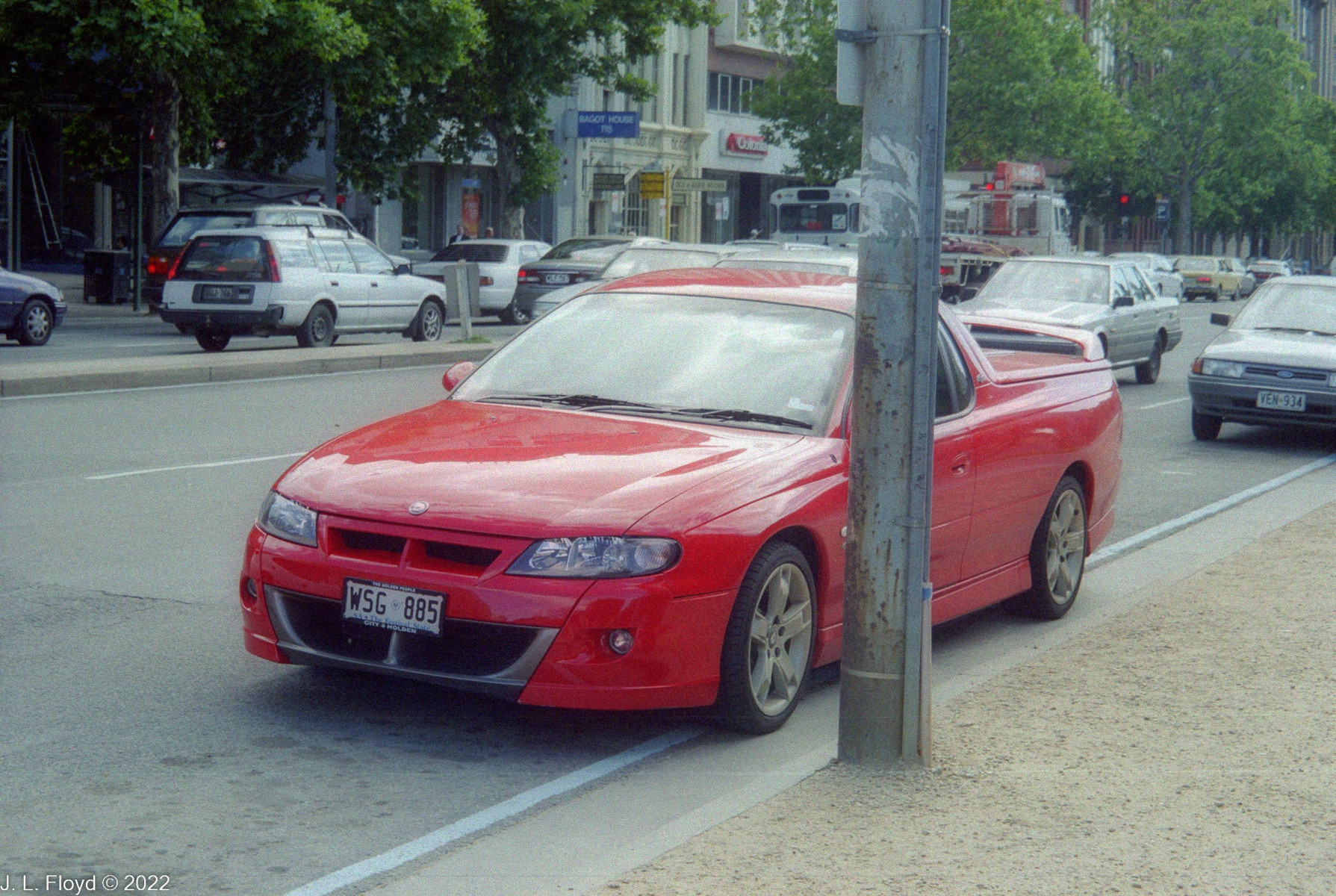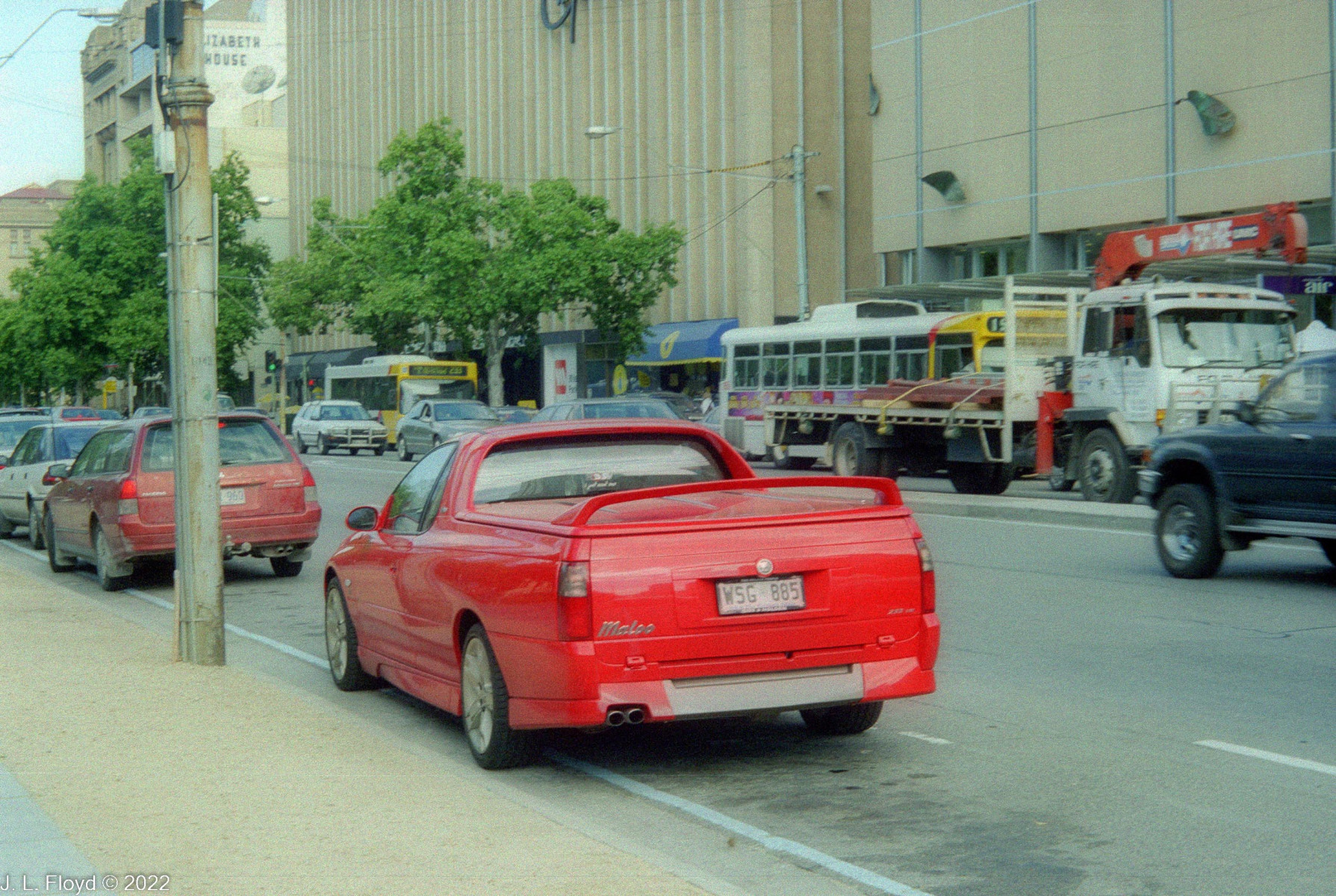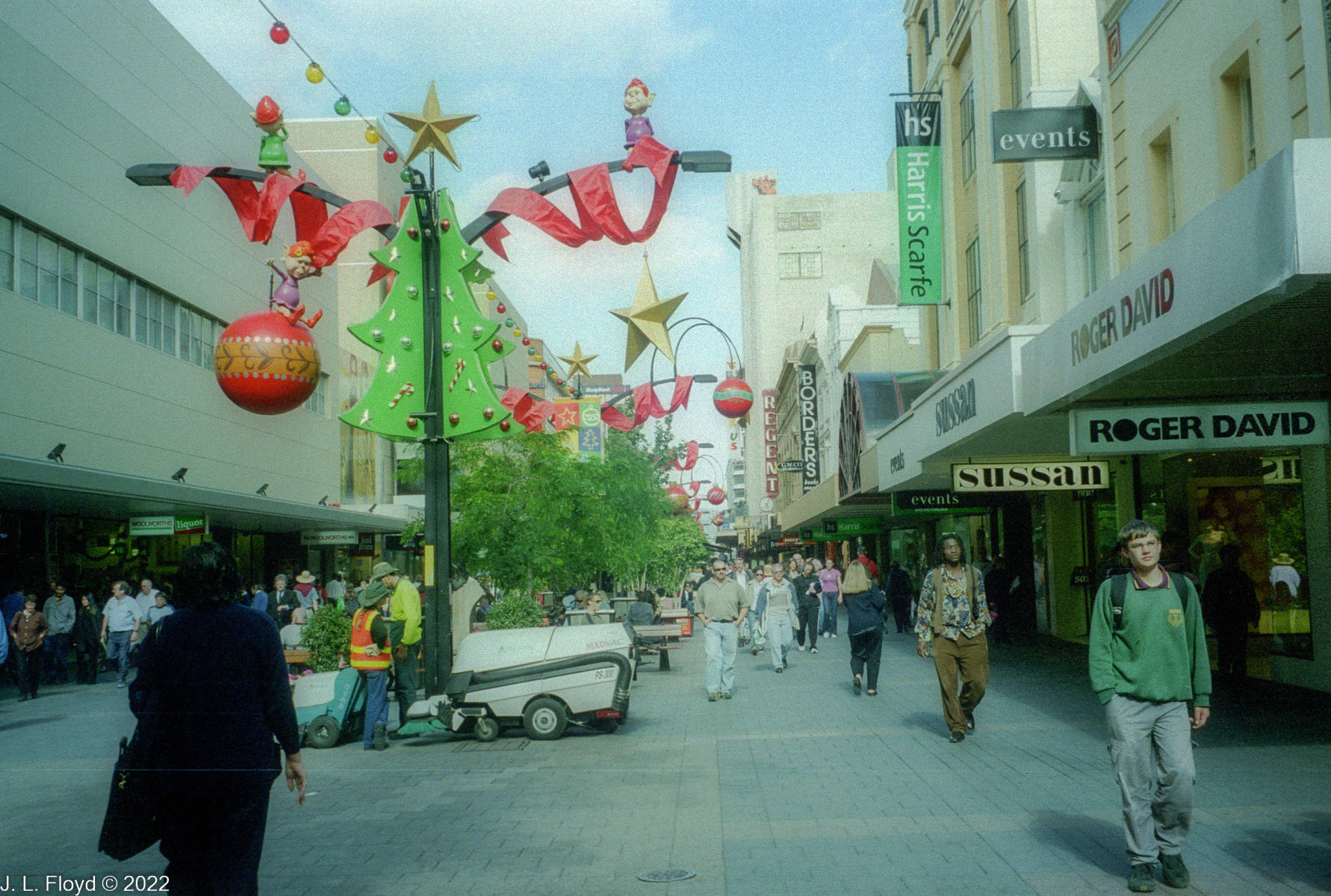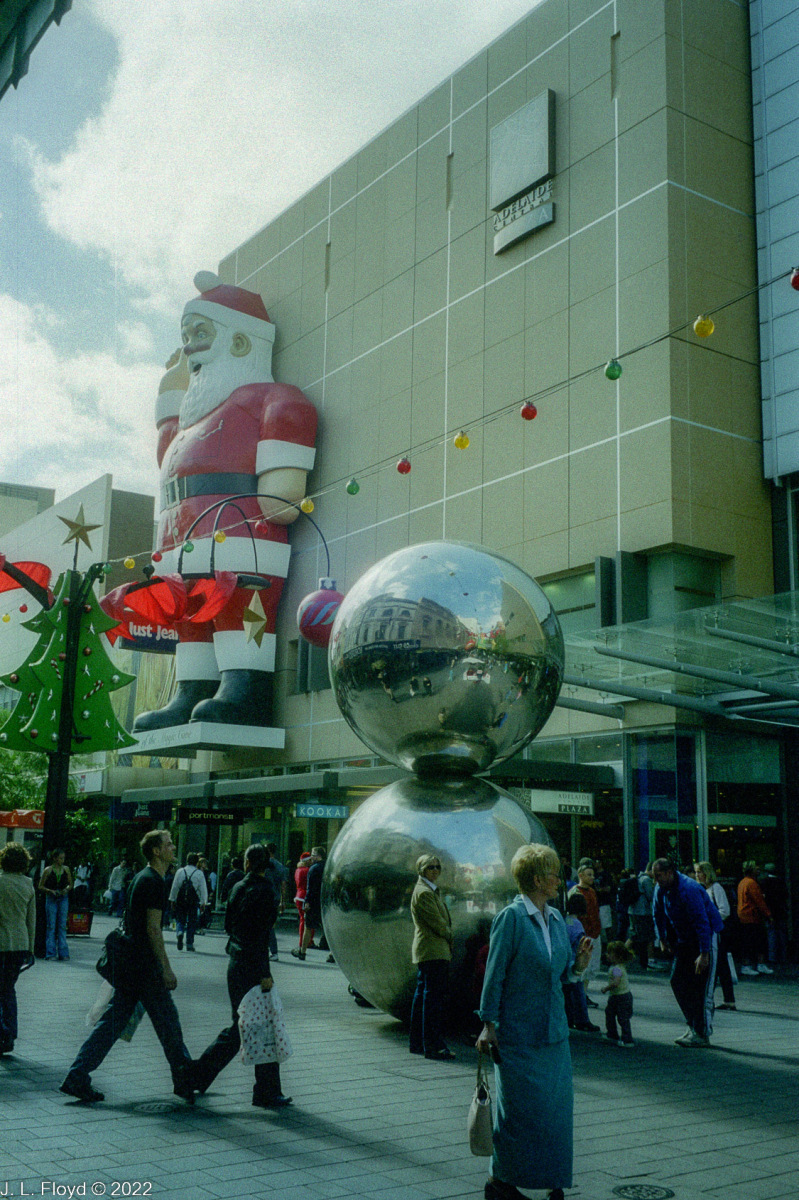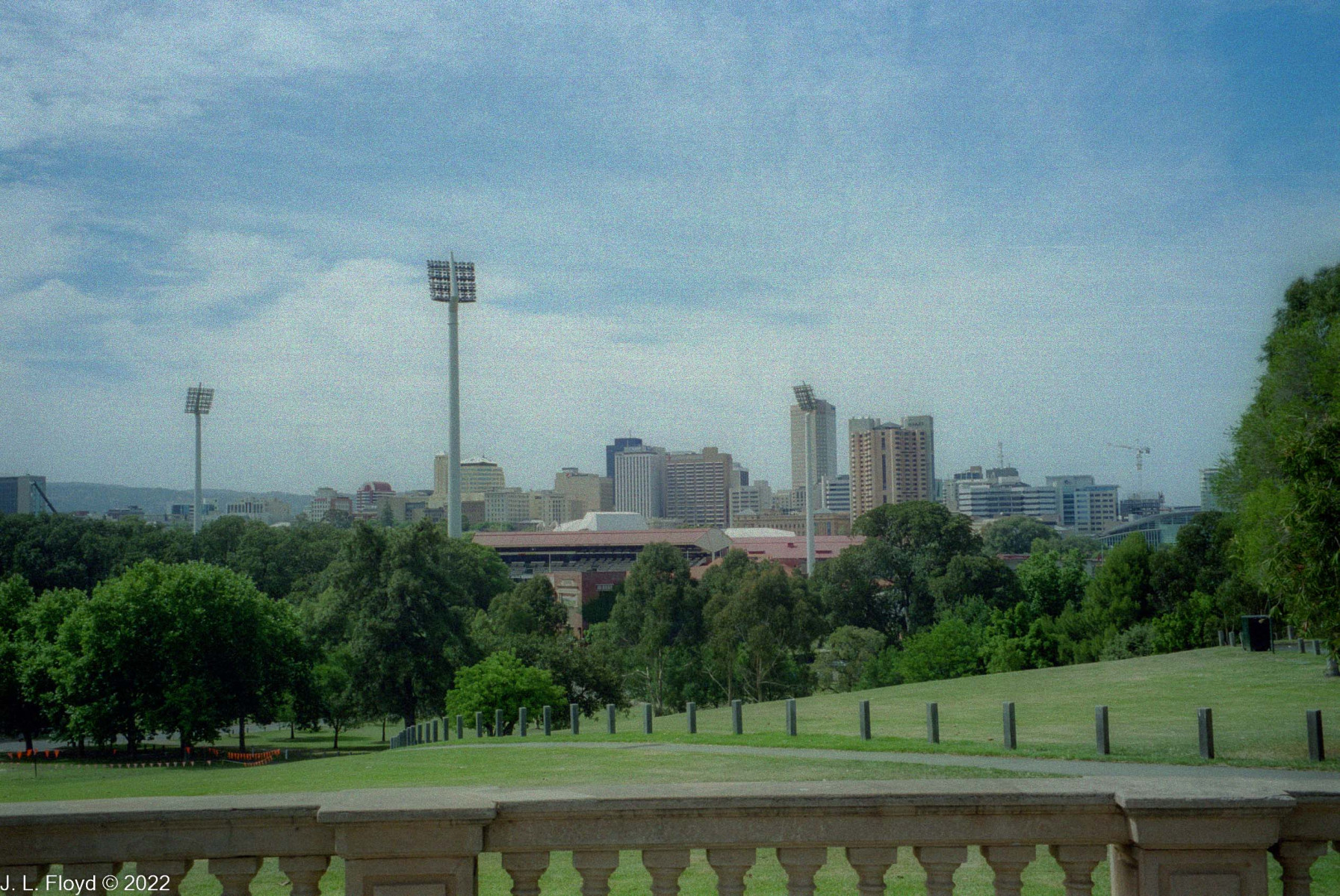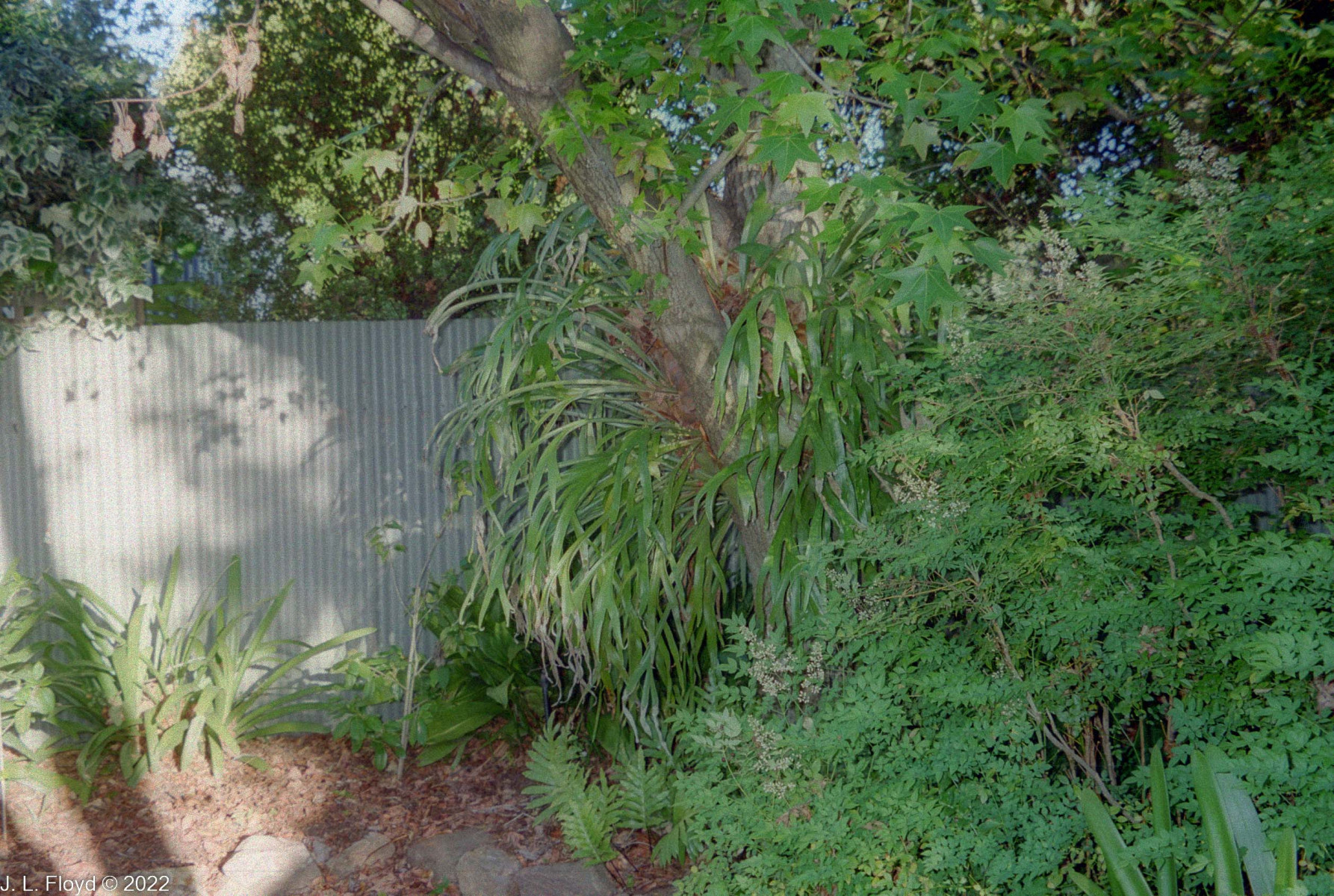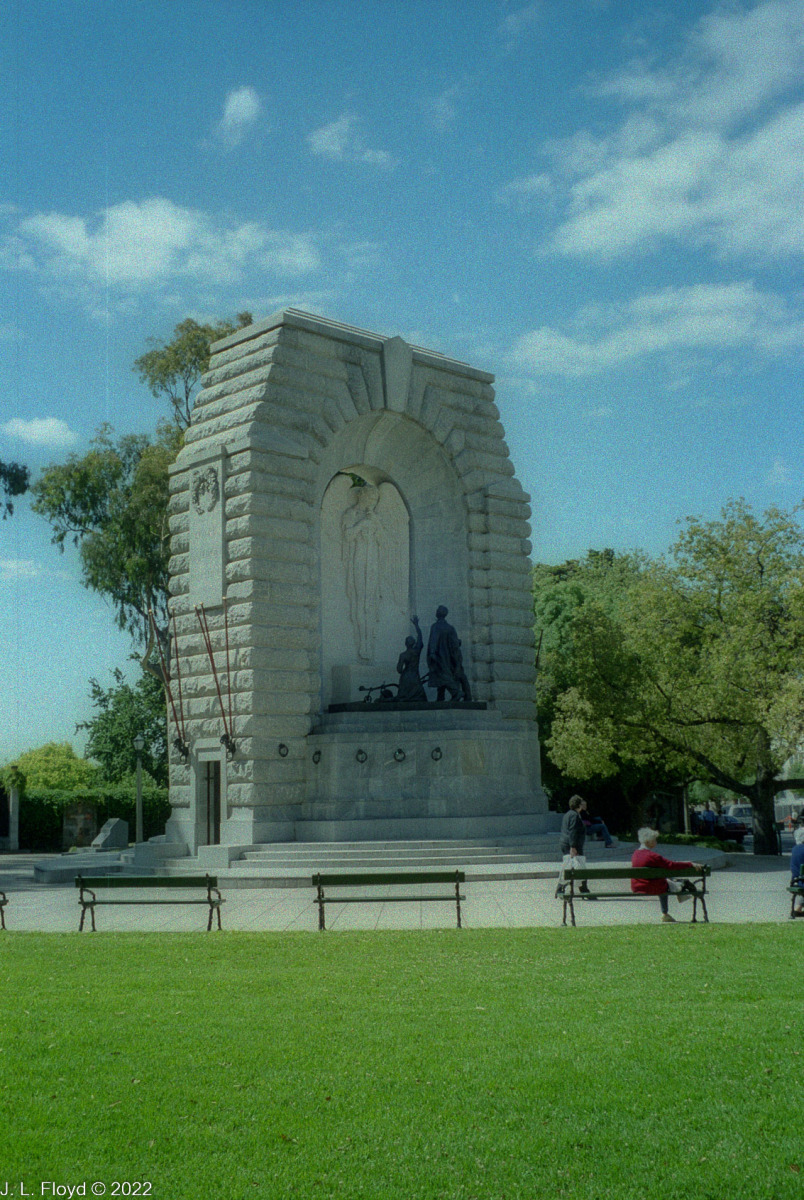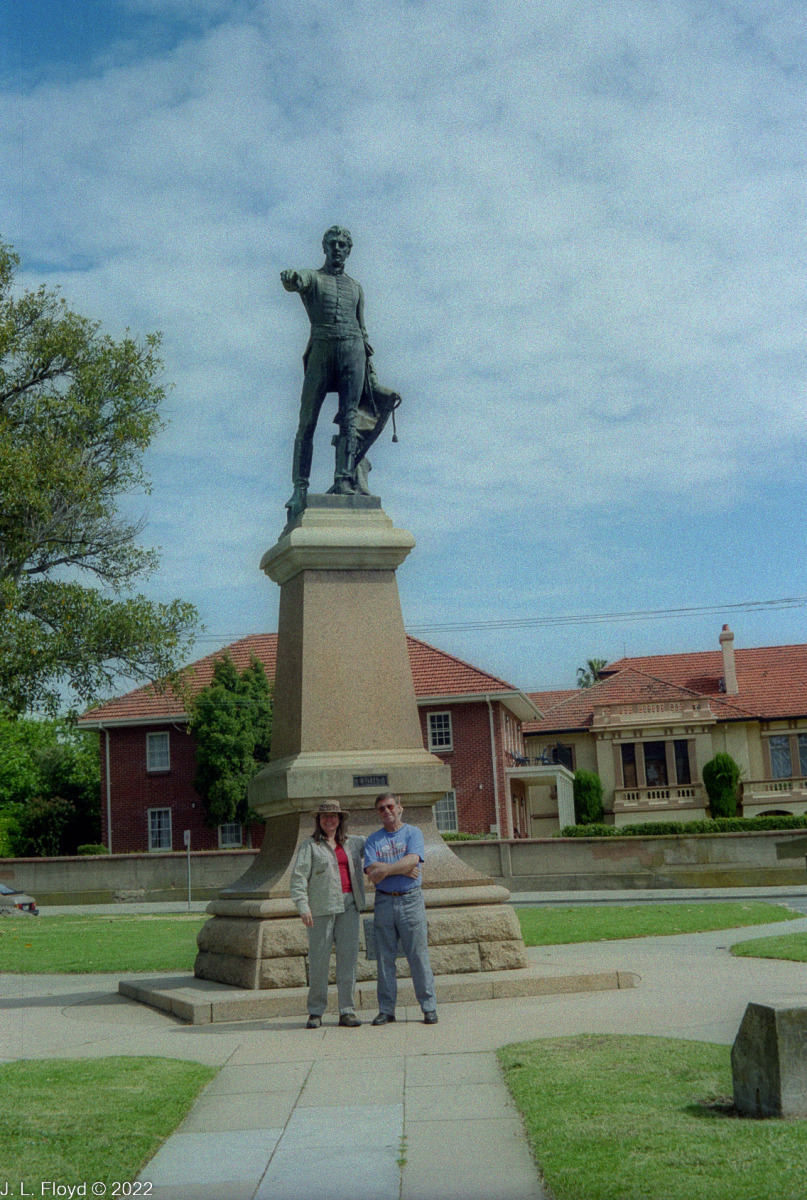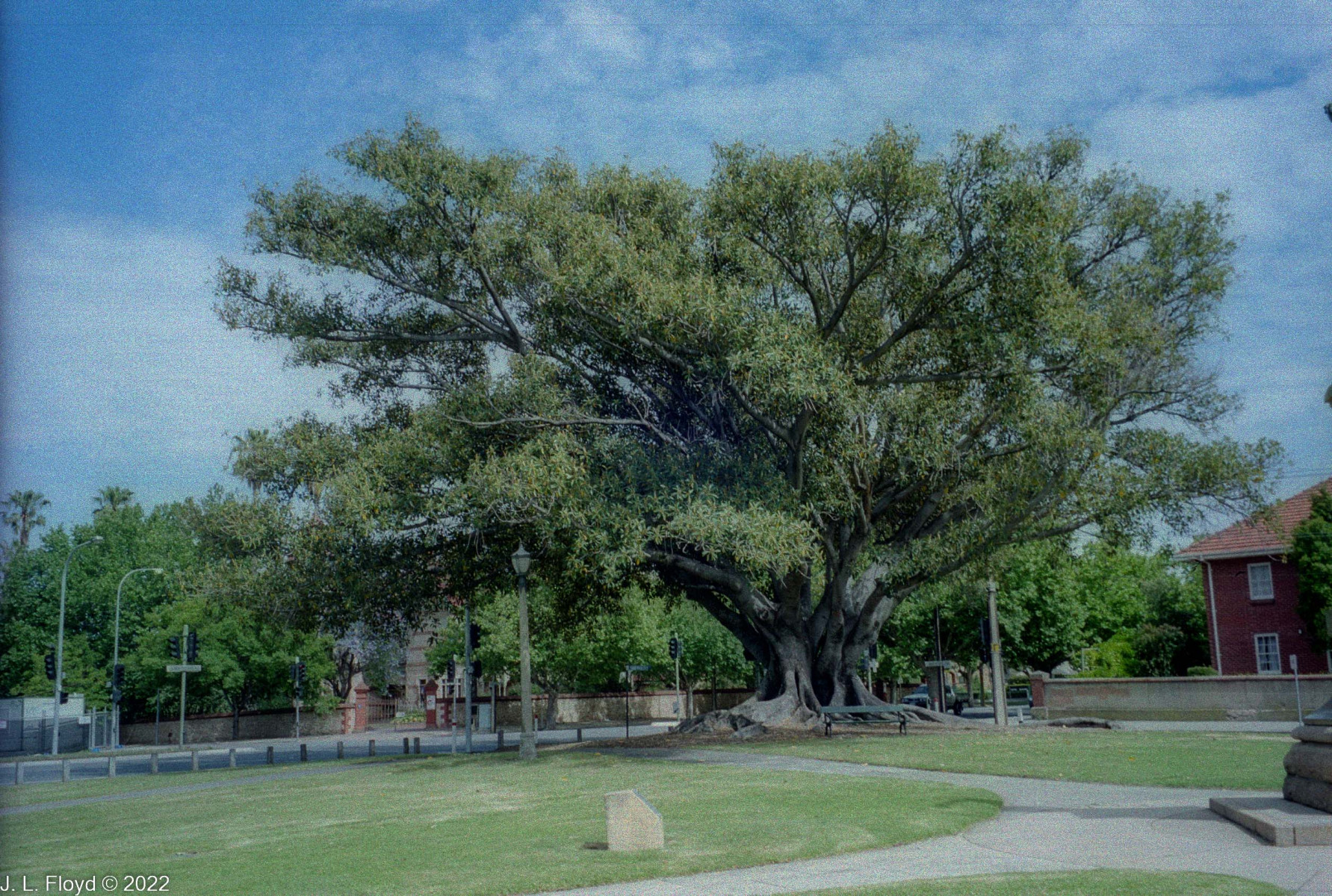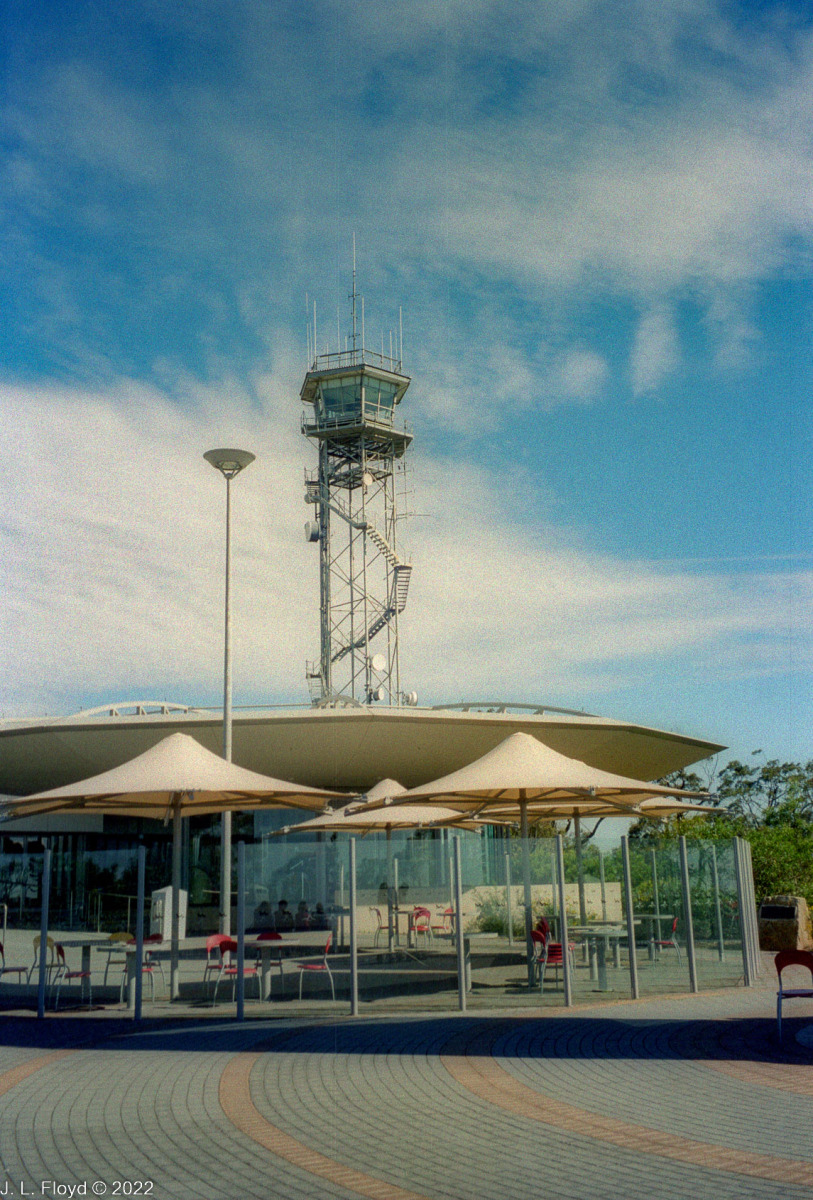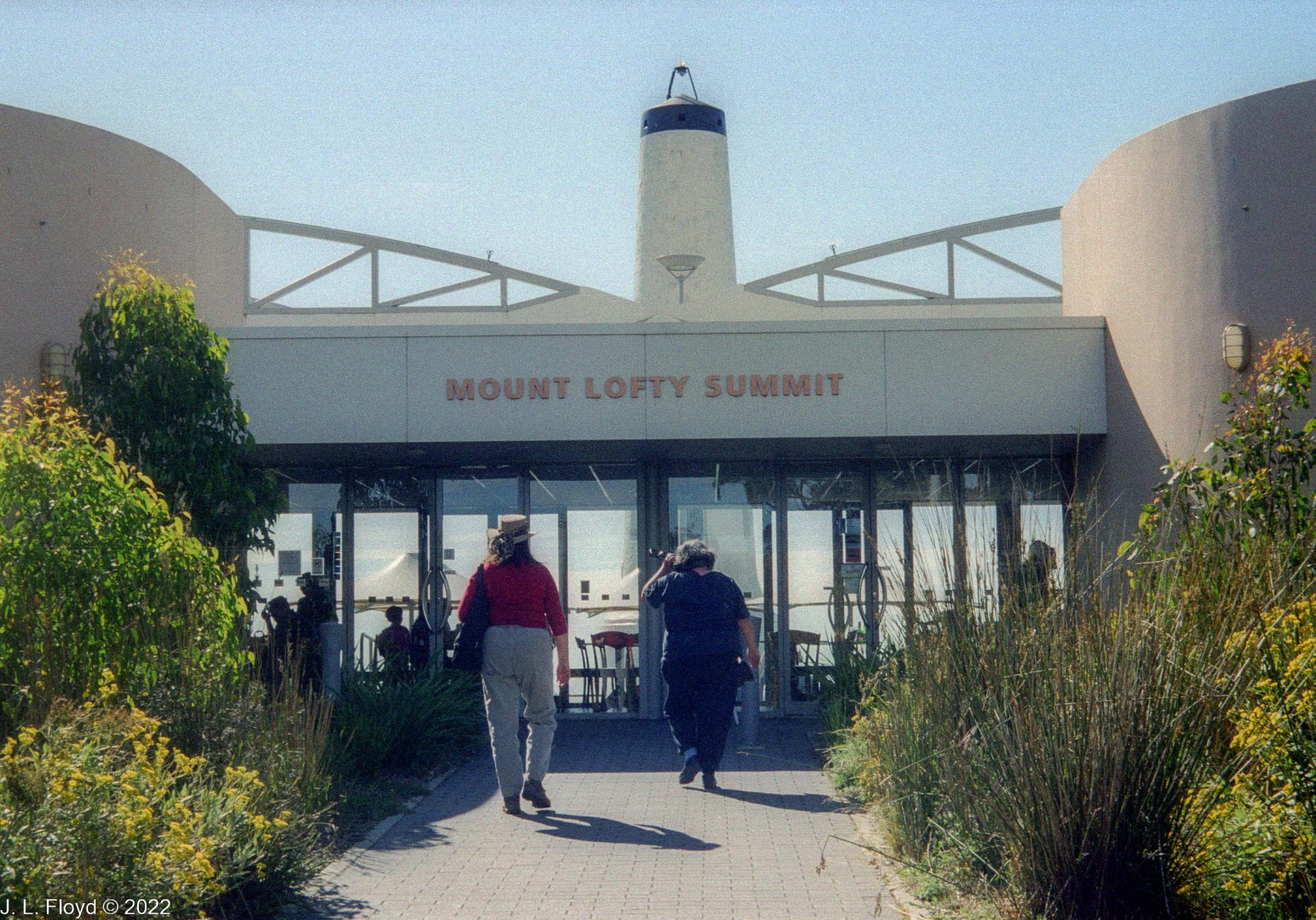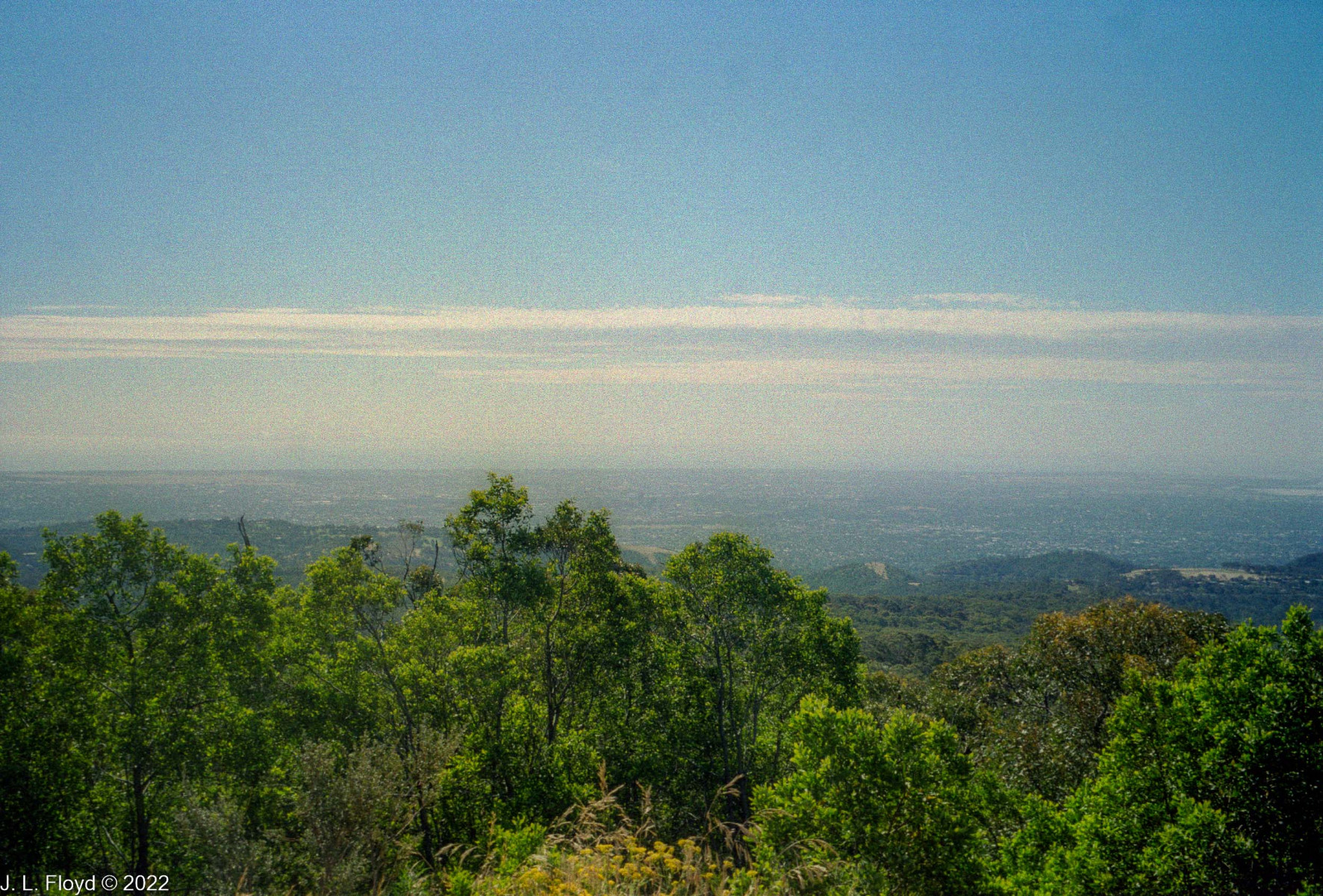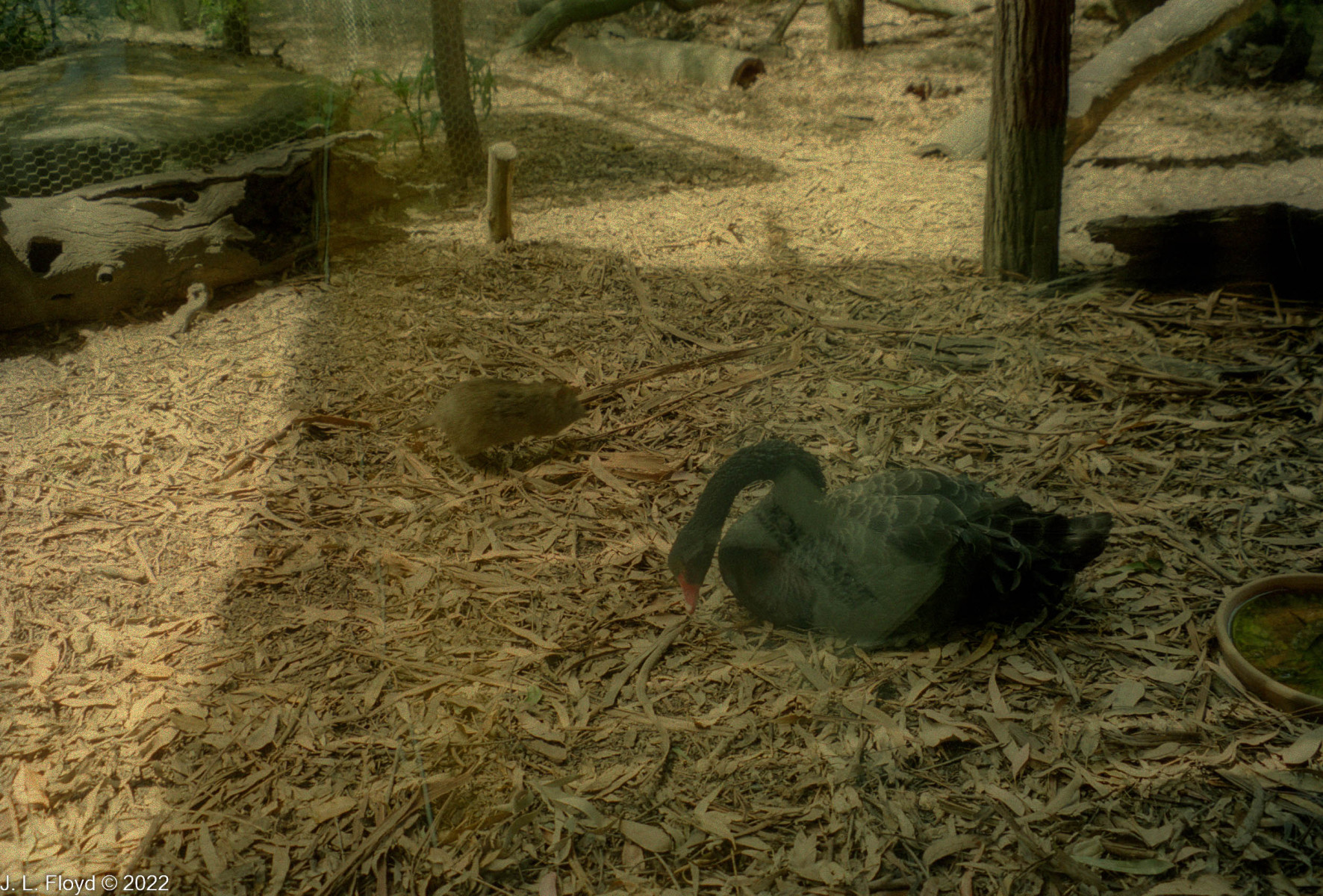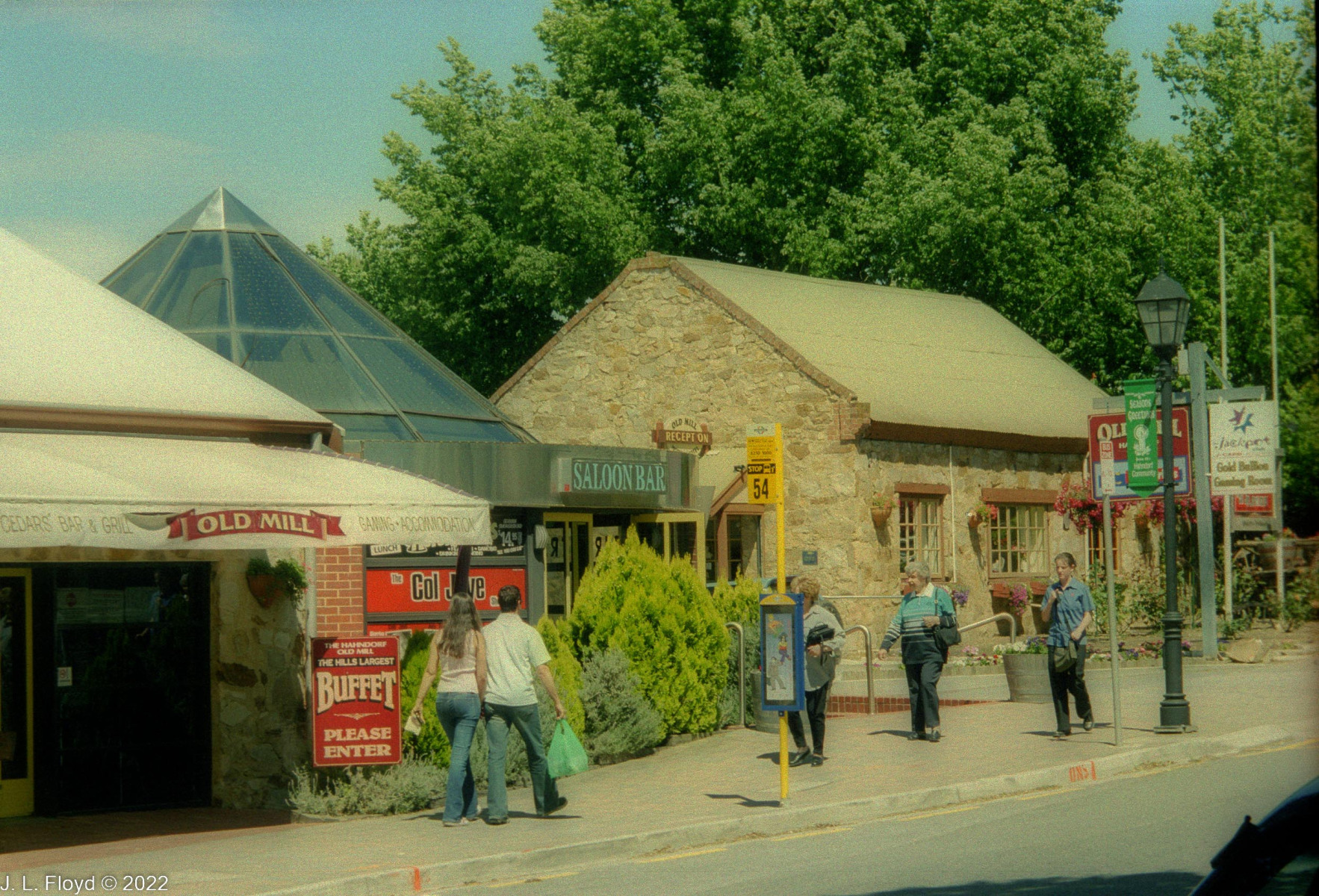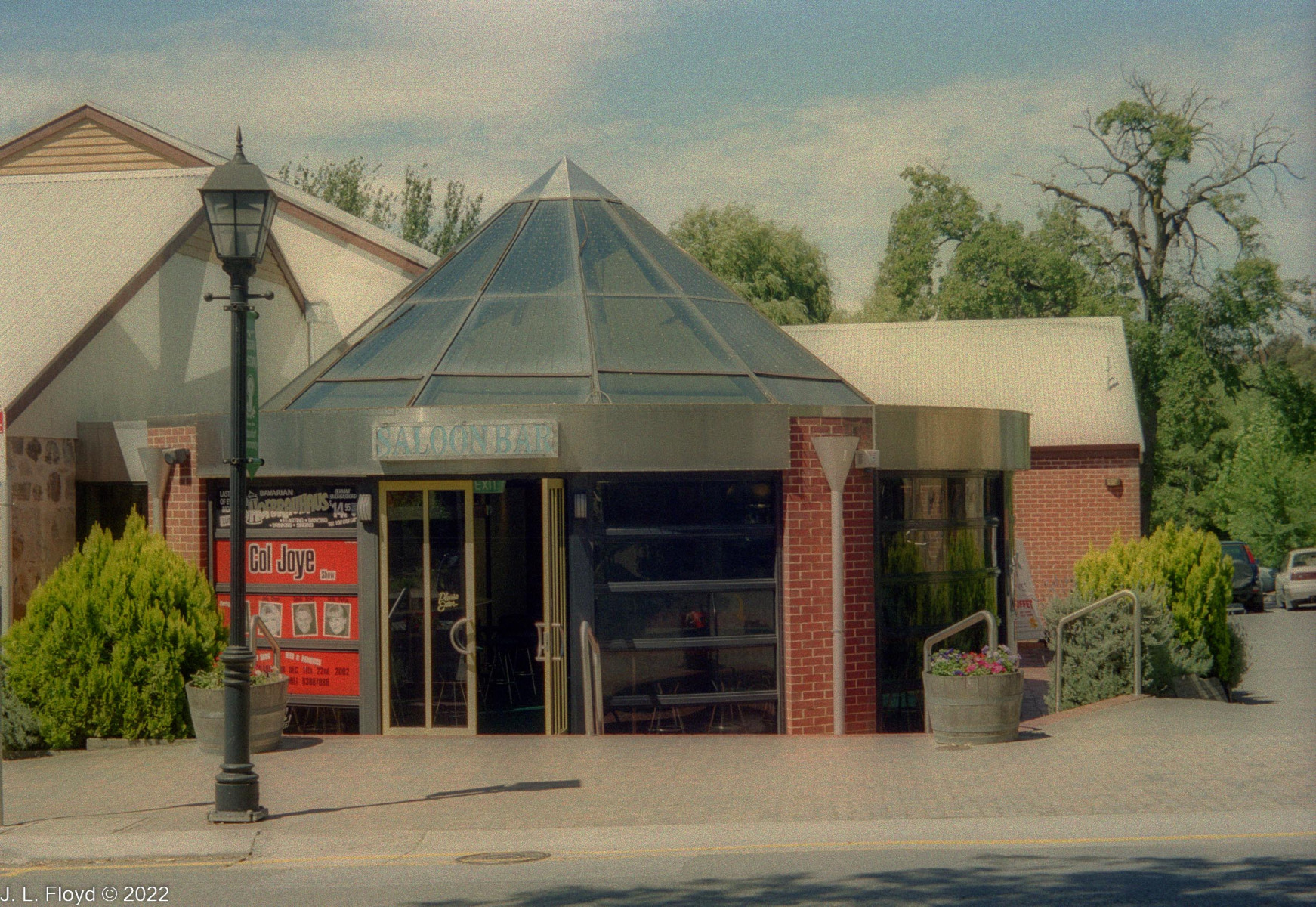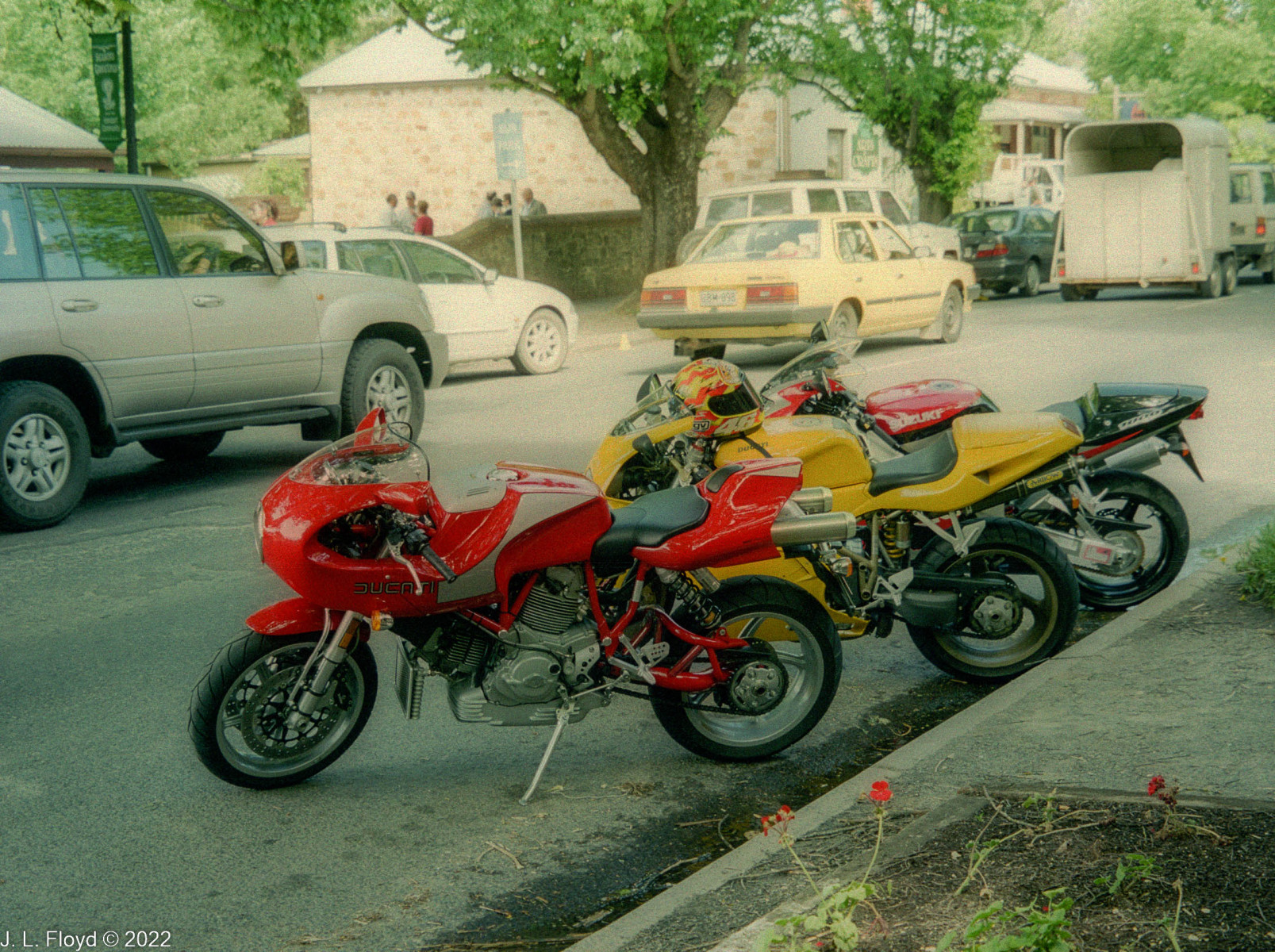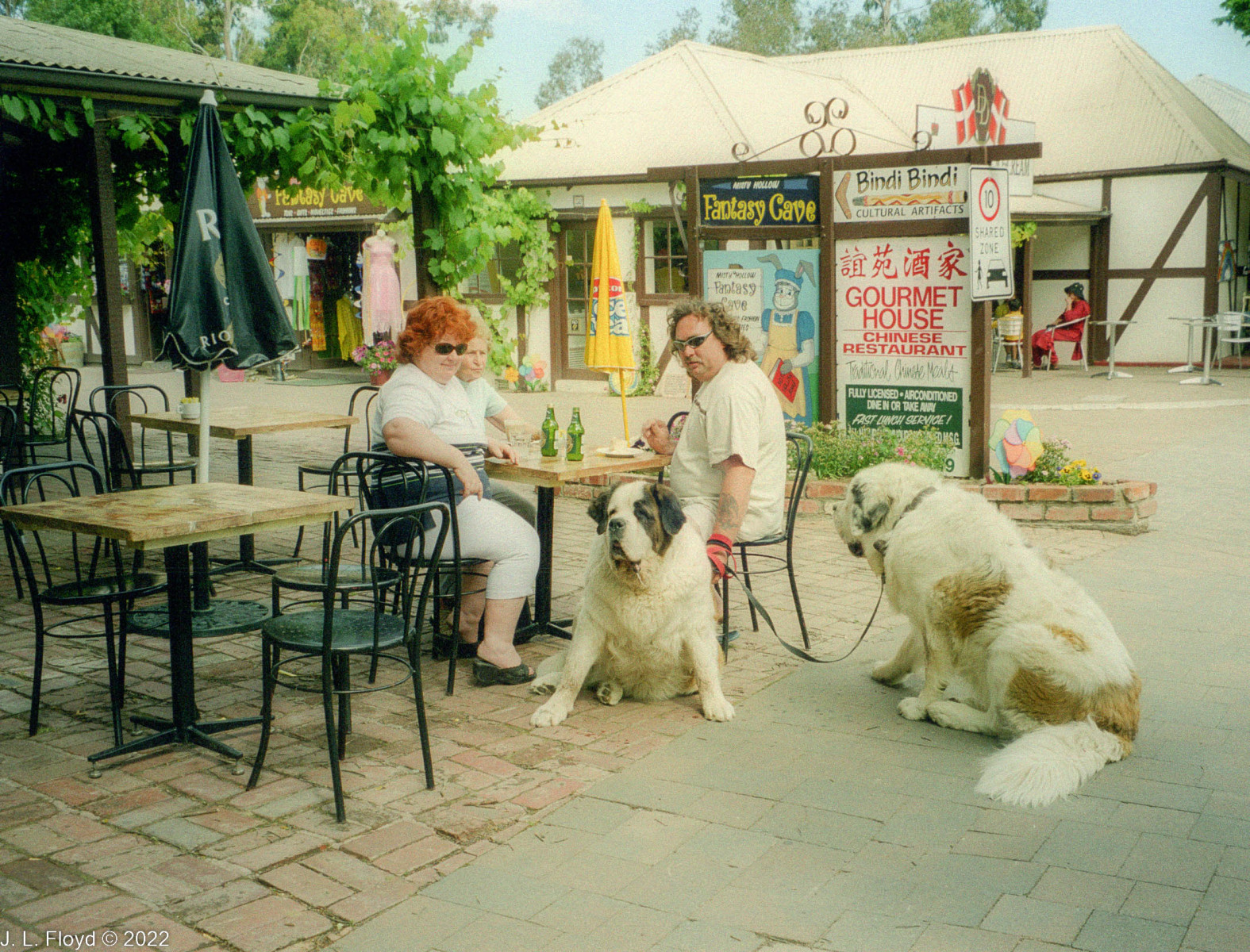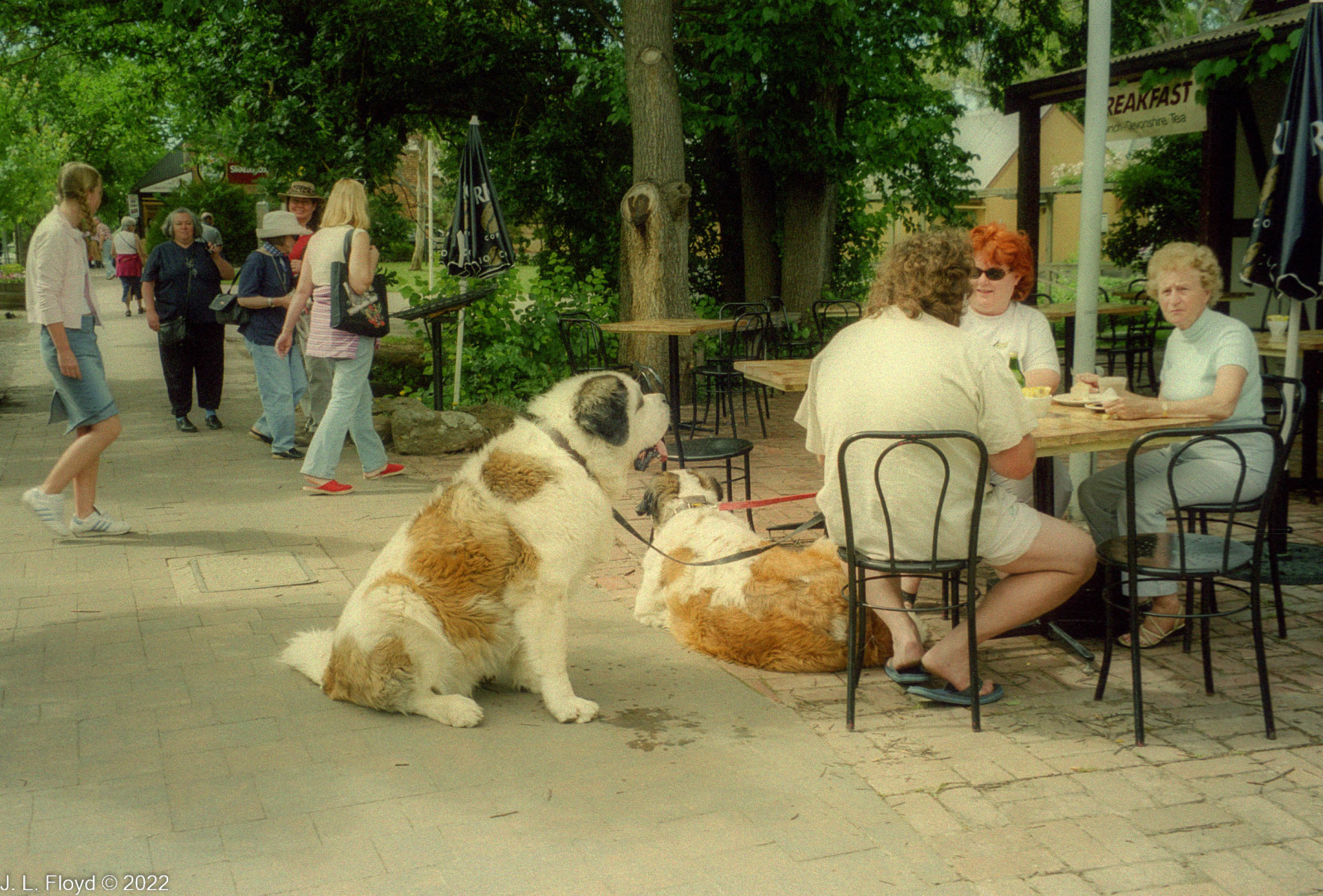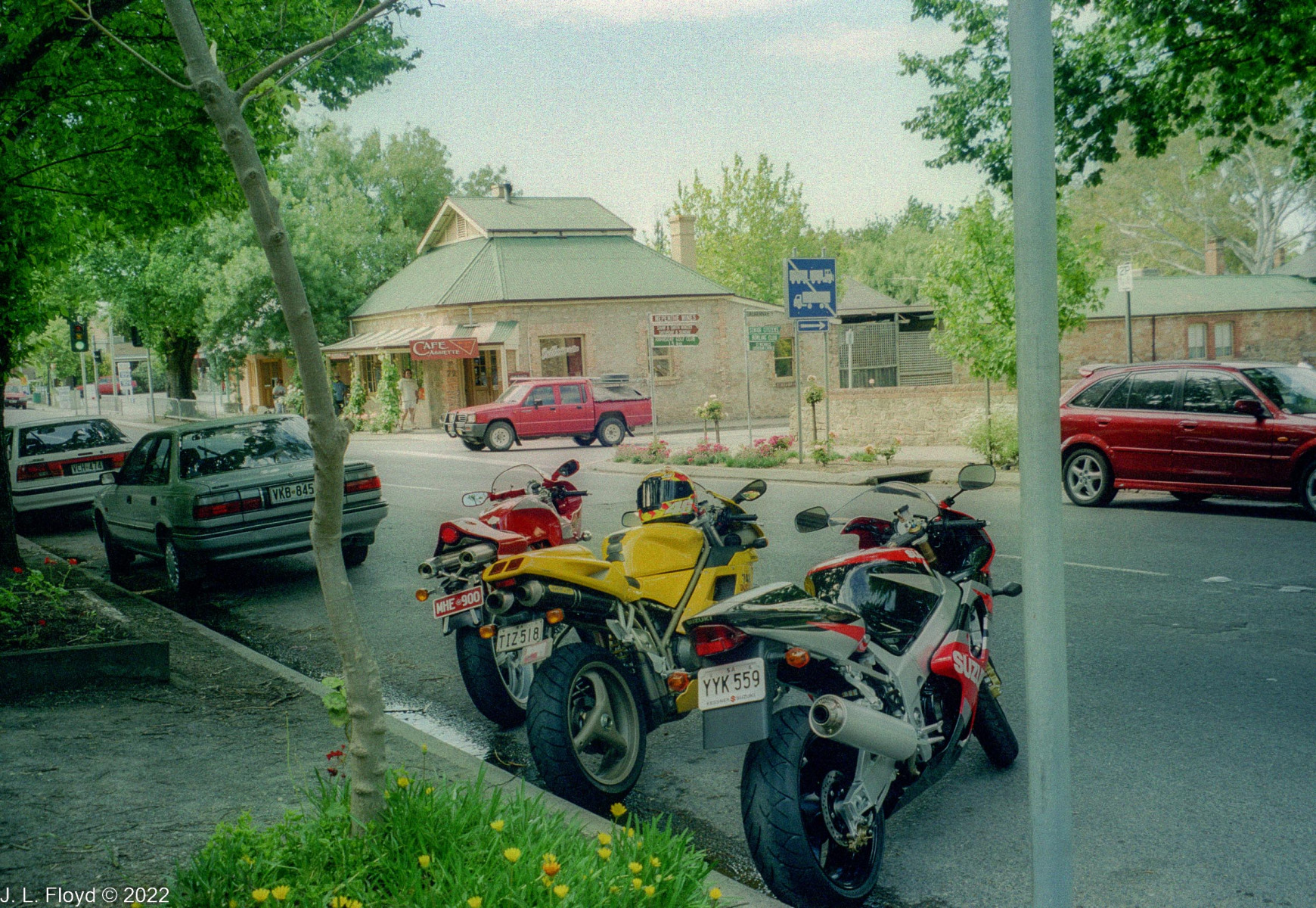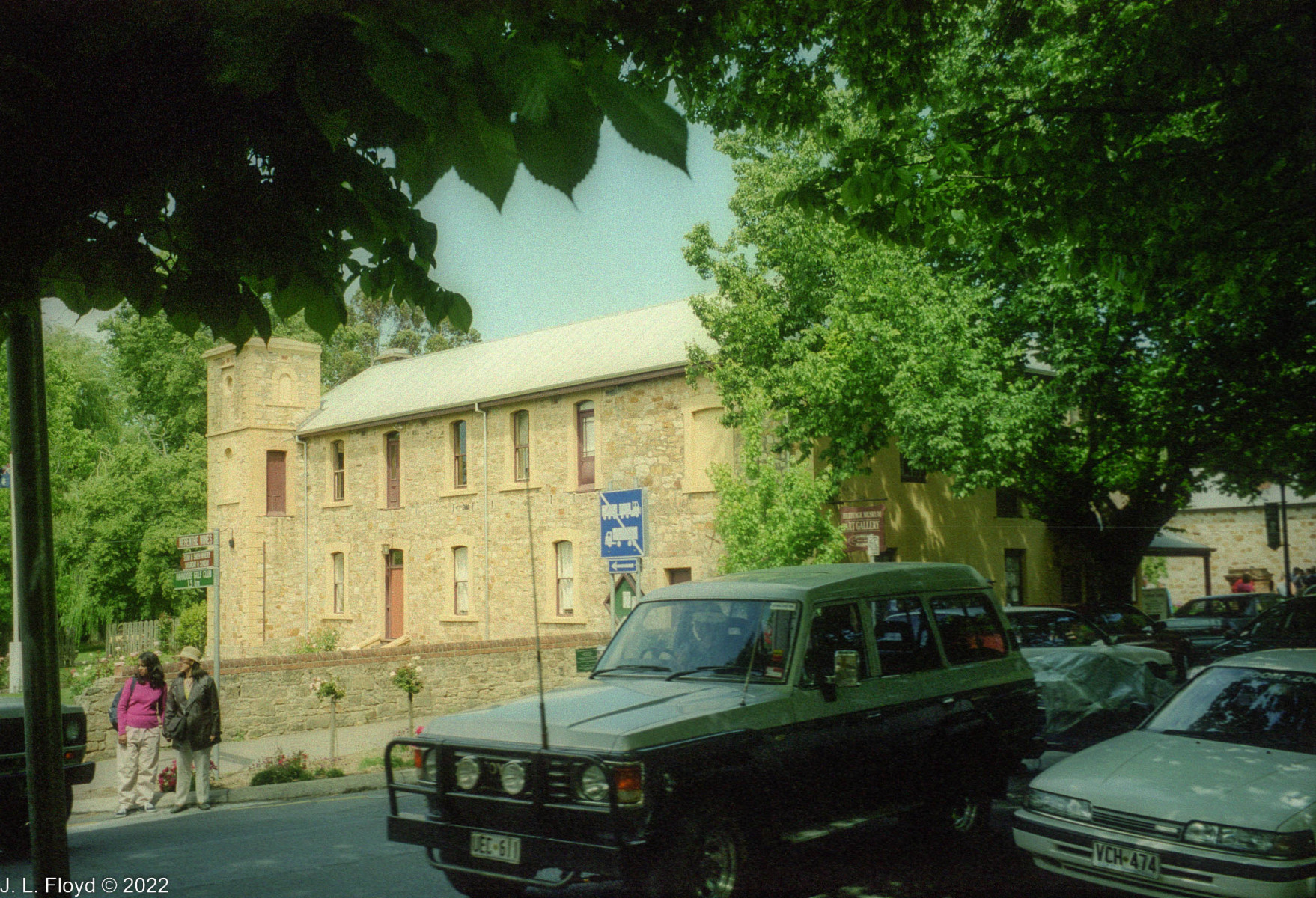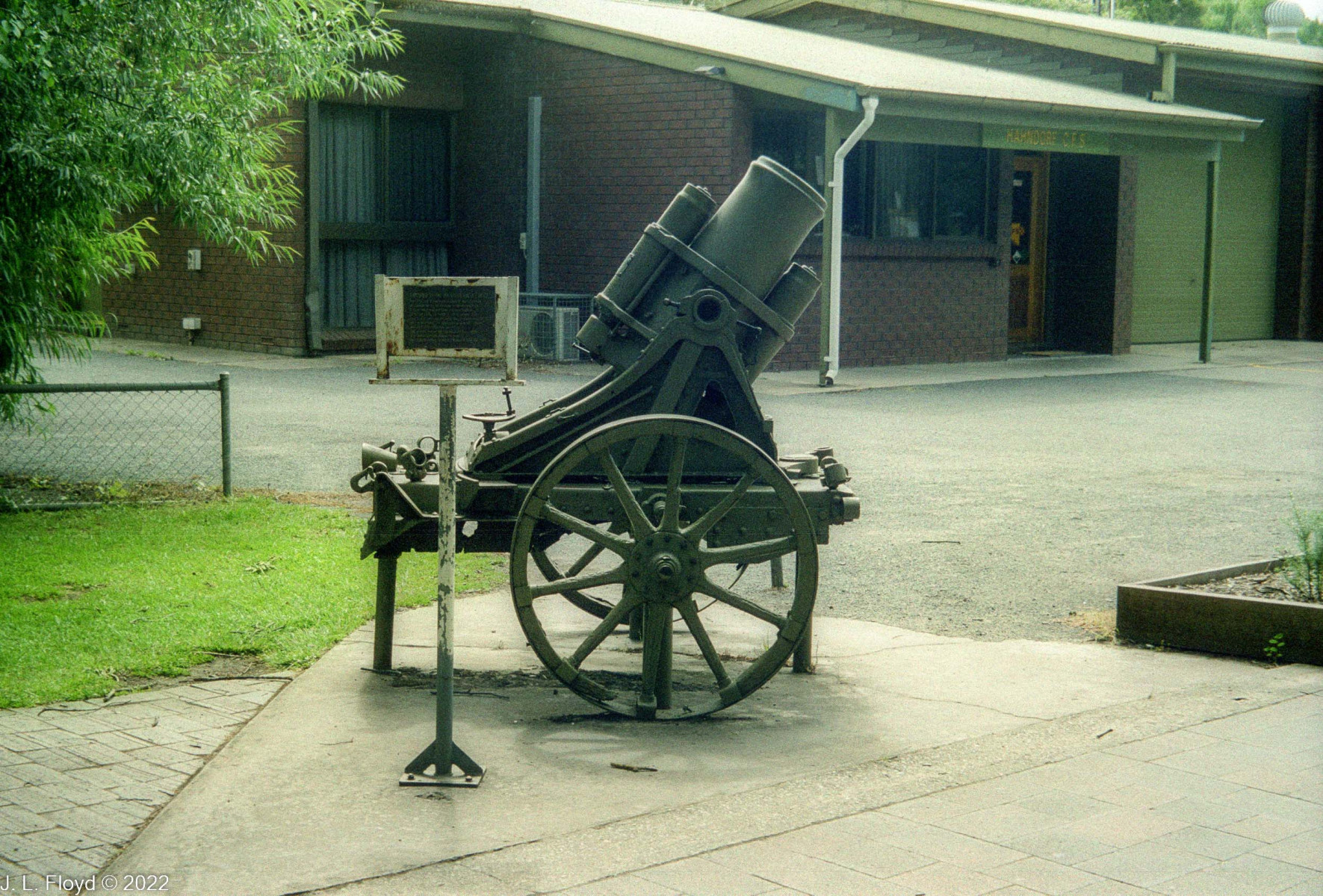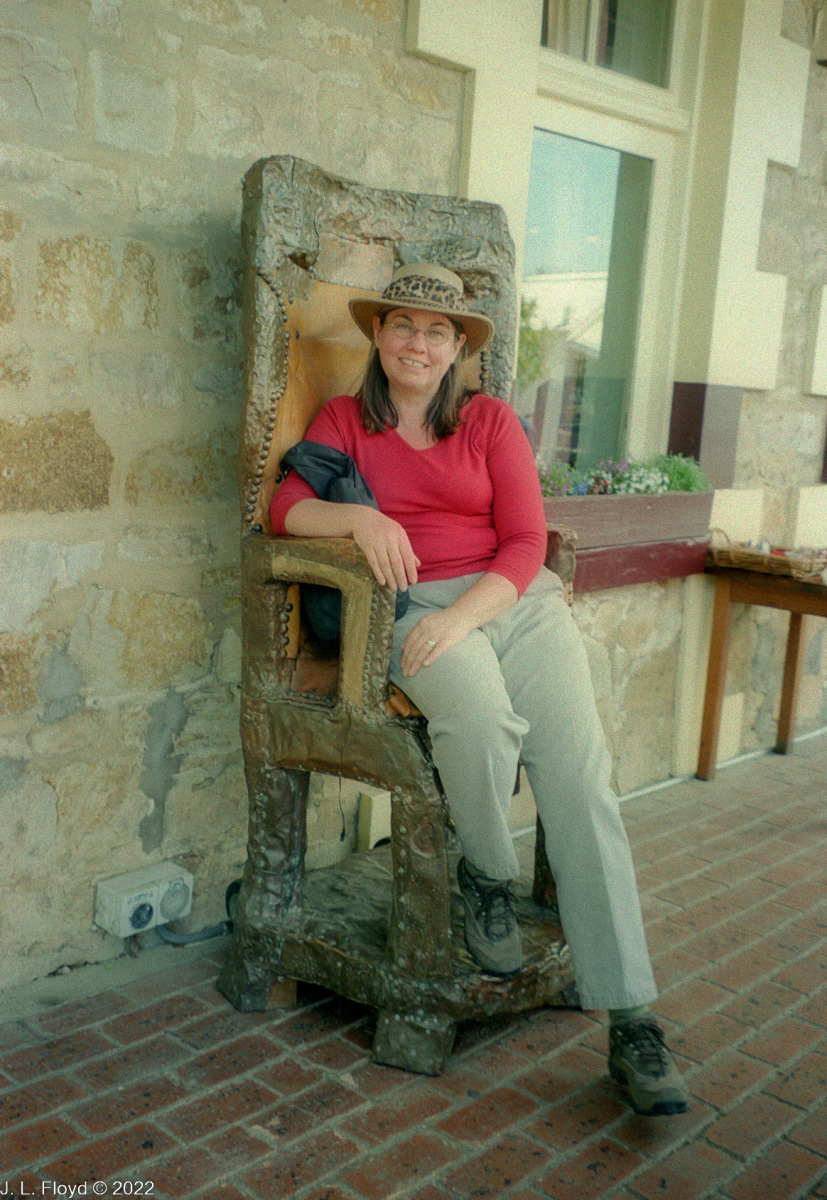After the climactic experience of the total solar eclipse we had a few more days to continue our enjoyment of Australia in the elysian city of Adelaide and its environs.
I have seen few places on earth that approach the city of Adelaide in livability. Getting around was easy and everyplace we went in and around the city was primo.
Our hotel, the Stamford Plaza on North Terrace, was five-star and close to several attractions that we were quick to enjoy. One was the South Australian Museum, almost across the street from our hotel, where we toured exhibits on the natural history of Australia and what is claimed to be the largest and most comprehensive collection of Australian aboriginal cultural material in the world. Our souvenirs of that experience include paintings by aboriginal artists which still hang on the walls of our house. Another was the Rundle Street Mall, where we visited the store of the Australian Geographic Society – Australia’s counterpart to the National Geographic Society of the USA – and I bought my first Aussie leather hat.
Although the Stamford Plaza was a perfectly fine hotel, we didn’t stay there long. After the first night back, the organizer of the Arkaroola trip, Rob Hill, invited us to stay with him and his wife Janita in their lovely home in Aldgate, an upscale suburb just east of Adelaide. (By then Chuck and Elouise Mattox had departed for Sydney and points beyond; in contrast to us, they did their extra-eclipse Australian tour post-eclipse, instead of pre-eclipse.) Rob showed us around his neighborhood, where there were a number of beautiful homes, including an estate owned by Mel Gibson, the actor. Unfortunately no one was home at the time, so we only got to see it from outside the property.
Note: I’ve also included a photo of Rajah Hashish Yi-Jen Guy-Jean Pierre, my Abyssinian cat, in the following gallery. He didn’t accompany us on the trip to Australia – he wouldn’t have enjoyed the plane rides – but he wasn’t forgotten, and he was of course happy to see us upon our return. He came to me in 1992 from Al and Judy Potthoff, whom he left on account of feeling crowded by their new son Paul, and stayed with me through my move to Long Beach in 2002, until he passed away in 2004. He was a highly intelligent, affectionate and gracious being (not to mention haughty, incredibly stubborn and majestically aloof), true royalty, and I greatly treasure his memory.
Rob was also kind enough to chauffer us around to visit some of the premier sights in the city and its environs.
Among other sights, Rob showed us a monument to Colonel William Light, the first Surveyor-General of South Australia, and also the founder and designer of the city of Adelaide. His plan called for the city center to be arranged in a grid of five squares, surrounded by parklands. His vision was controversial at first but eventually proved to be sound, ensuring that the city would have wide multi-lane roads, an easily navigable grid layout and extensive green areas.
Thanks to Rob, we also visited a monument to Matthew Flinders, who circumnavigated Australia and explored the South Australian coast, and became better acquainted with his somewhat tragic history. He began his naval career as a midshipman in the 1790s, and his early experiences included service under Captain William Bligh, though not on the voyage noted for the celebrated mutiny on the Bounty. He went on to serve on a series of voyages of exploration to Australia, as a result of which he was given command of a 334-ton sloop, the HMS Investigator, with the mission of charting the coast of Australia, then known as New Holland – Flinders was among the first to call it Australia. Sailing from England in July 1801, Flinders made for the southern coast of Australia, and explored it extensively, including the area where the city of Adelaide was later to be situated. He also gave the large island at the mouth of St. Vincent Gulf south of Adelaide its present name of Kangaroo Island.
On a subsequent expedition, lasting from July 1802 to June 1803, Flinders accomplished the first inshore circumnavigation of Australia. But on the completion of that voyage his ship Investigator was found to be rotten and unfit for further service. He sailed for England on another ship, which was wrecked on the Great Barrier Reef, a fate which befell many ships in that era. He then took command of still another ship, the schooner Cumberland, and set sail for England, but that ship was in such poor shape that he had to put in for repairs in December 1803 at the island of Mauritius in the Indian Ocean. Unfortunately that island was a possession of France, with whom the British were then at war, and the French governor took Flinders and his ship captive, despite his protests that he was on a purely scientific expedition and had a passport exempting the Investigator (but not the Cumberland) from hostilities. He was not freed until 1810, when a British fleet blockaded Mauritius.
Before leaving for Australia in 1801, Flinders had married his longtime sweetheart, Ann Chappelle, intending to take her with him to Australia, in defiance of British Admiralty rules forbidding wives of captains accompanying their husbands on voyages, but his plan was discovered and he was forced to leave her behind. Thus he had not seen her for nine years when he returned to England. They did not have long to enjoy their reunion, because Flinders’ health had suffered during his captivity on Mauritius, and he died of kidney disease in 1814 at age 40. However, he had managed to father a daughter, Anne, in 1812; she later married a man named William Petrie, and the couple became the parents of Sir William Matthew Flinders Petrie, a famed archaeologist and Egyptologist noted for his discovery of the Merneptah Stele and the proto-Sinaitic script which was the ancestor of most alphabetic scripts.
Rob Hill also took us to the highest point in the Adelaide area, Mount Lofty, which at 710 meters or 2330 feet is not exactly Mount Everest, but provides great views of Adelaide and the surrounding area. It’s also a favorite destination of hikers and mountain bikers, although we were able to ride up in Rob’s car.
From Mount Lofty we descended to the Barossa Valley, 60 km (37 miles) east of Adelaide, one of Australia’s premier wine-producing regions, famous for its Shiraz vintages, of which I am inordinately fond. Shiraz is of course the name of a major city in Iran, which used to be famous for its production of the wine, but under the current repressive regime wine is outlawed there. However, the grapes to produce Shiraz were imported not from Iran but from the Rhone Valley in France, where the wine is known as Syrah, and that is its name in most places, but the Aussies like to call it Shiraz, and that’s fine with me. It’s good under any name.
The Barossa Valley was settled largely by German immigrants in the 1840s, and the German influence is still apparent there. The town of Hahndorf, not far away in the Adelaide Hills, was founded by German immigrants even earlier, in 1838, making it Australia’s oldest German settlement. They came from a village in Prussia which was transferred to Poland after World War II, as part of the relocation of the western Polish border to the Oder-Neisse line. German heritage is reflected in the architecture of Hahndorf. Its pleasant appearance and welcoming atmosphere make it a major tourist attraction in the area, and we thoroughly enjoyed our brief time there.
Rob Hill also took us to the beaches near Adelaide, which were pristine but a trifle chilly; you could feel the breeze blowing up from the South Pole there. Unfortunately none of my pictures from that locale have survived; by an oversight I shot them on the same film that I used to take some of the pictures in Port Douglas, and all of them were thus rendered unsalvageable. The same happened to the pictures I took of our outing with members of the South Australian Astronomical Society. That happened on our last night in Australia, before we flew back to the US on December 7. It began before sundown and extended into the late hours of the evening, with members setting up their scopes in a park and showing us views of the amazing sights of the austral sky, which put to shame those of the north. The SAAS people were a splendid lot and I wished we could spend lots more time with them, but the evening we did have was great fun and a fitting sendoff for our stay in the land of Oz.
